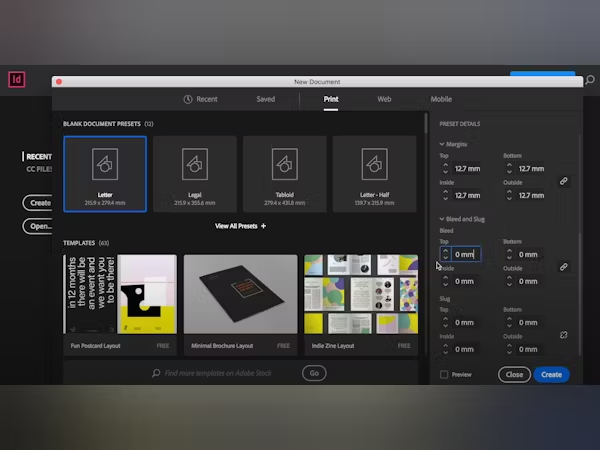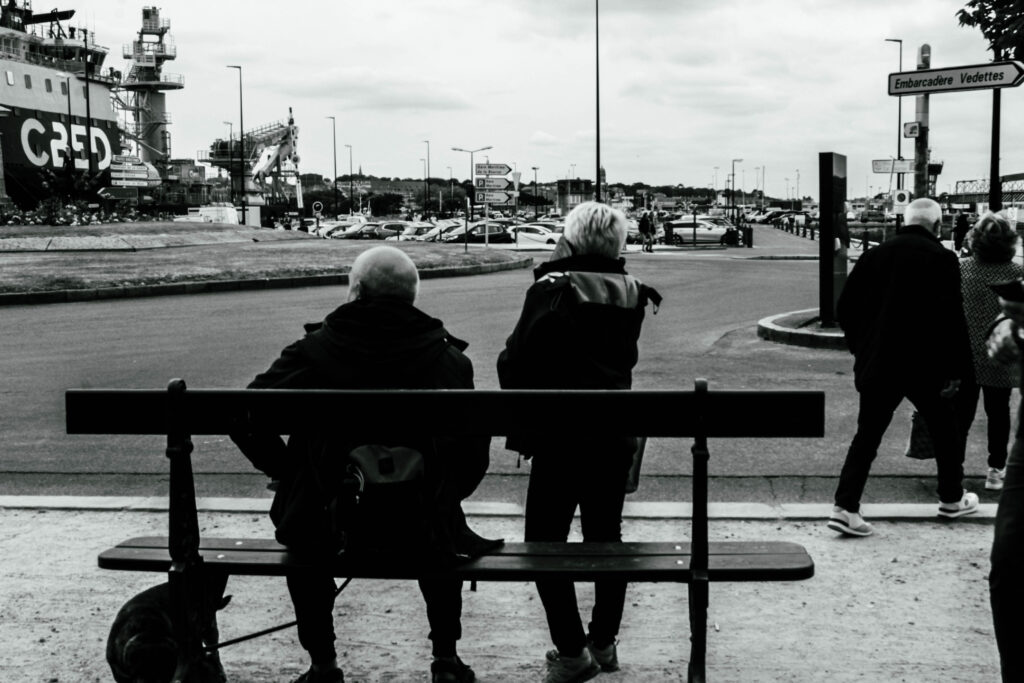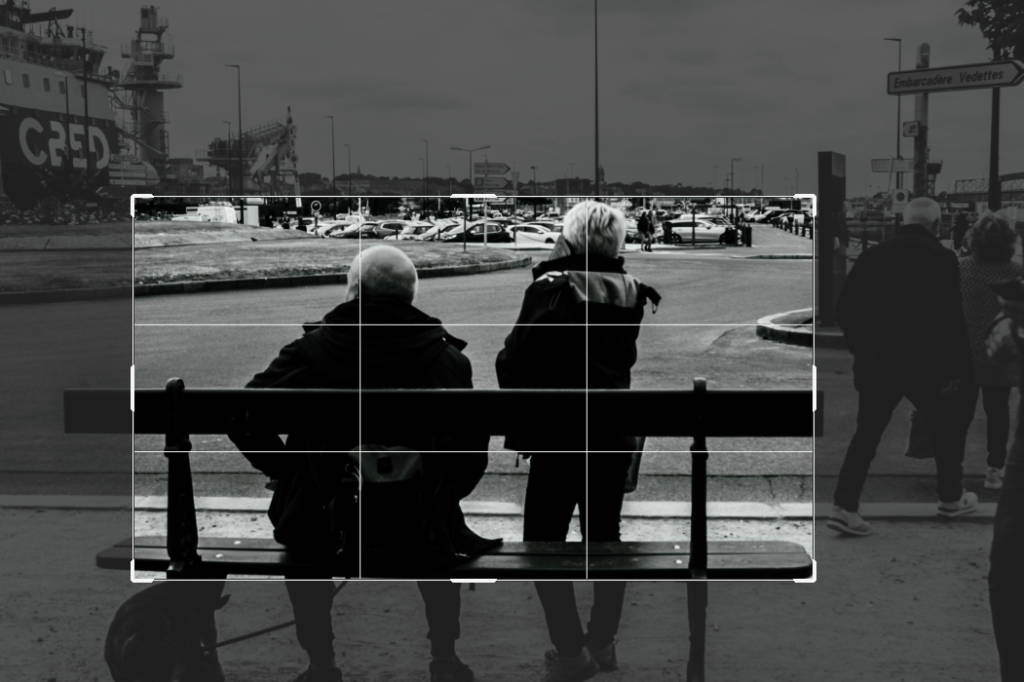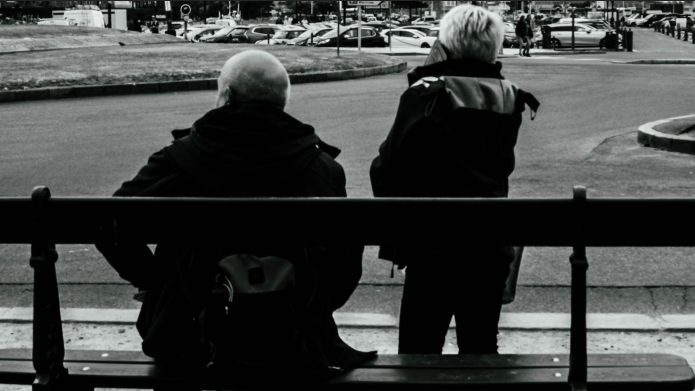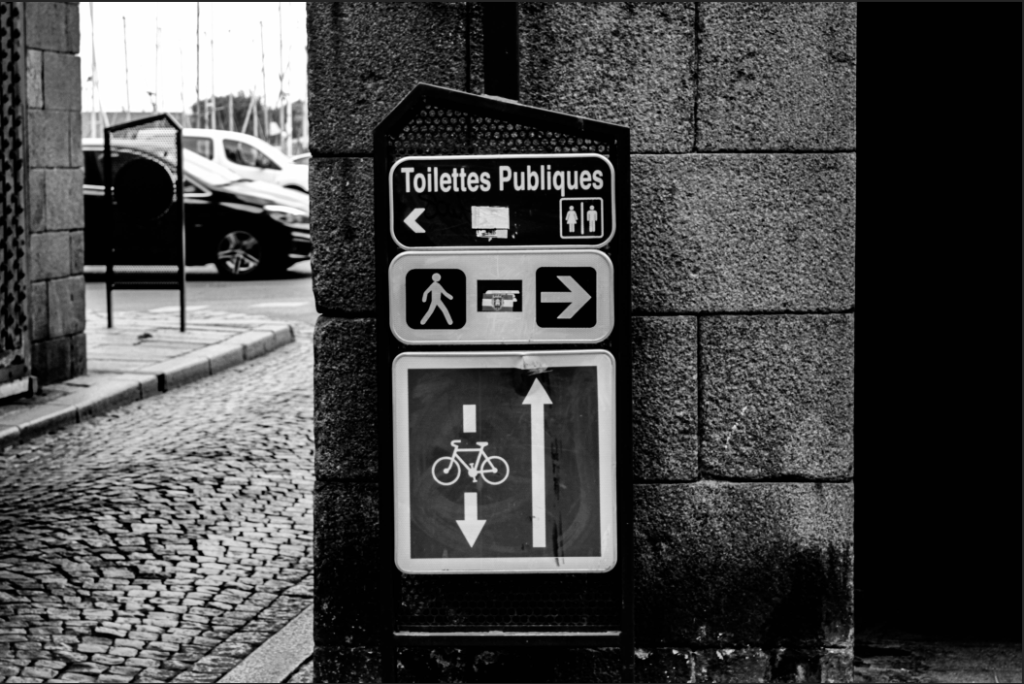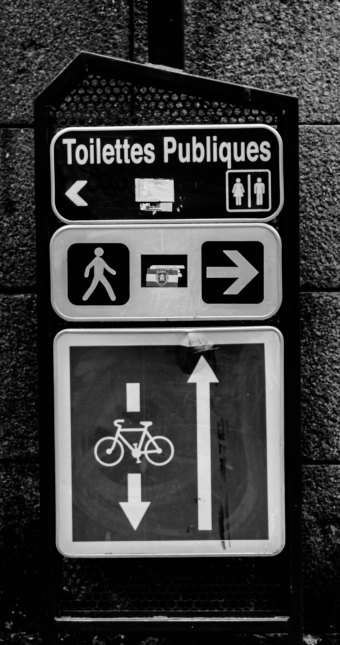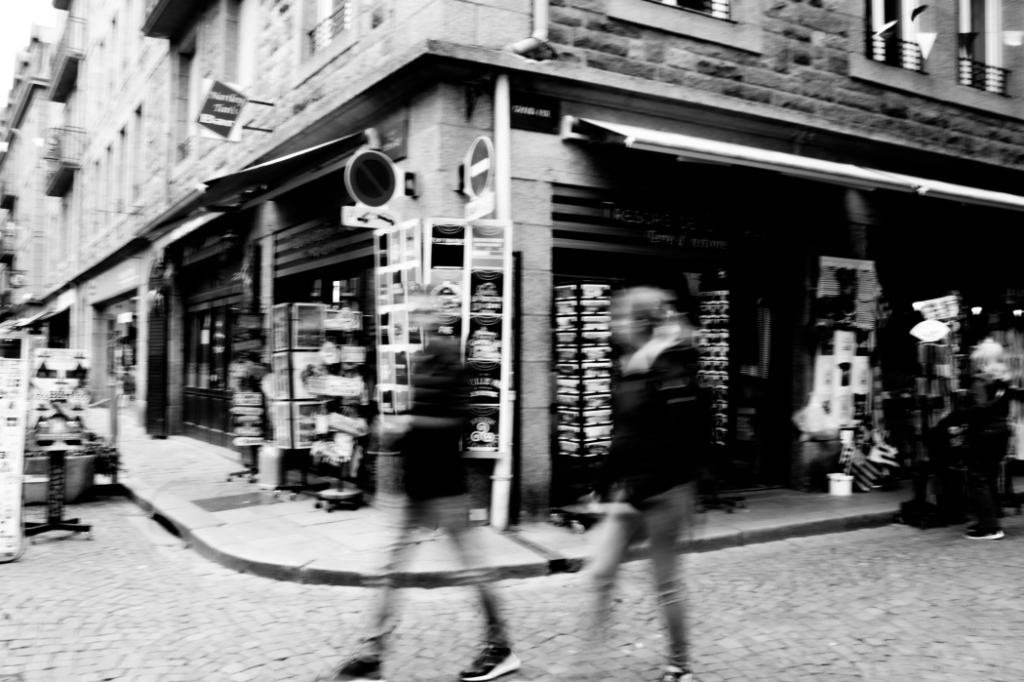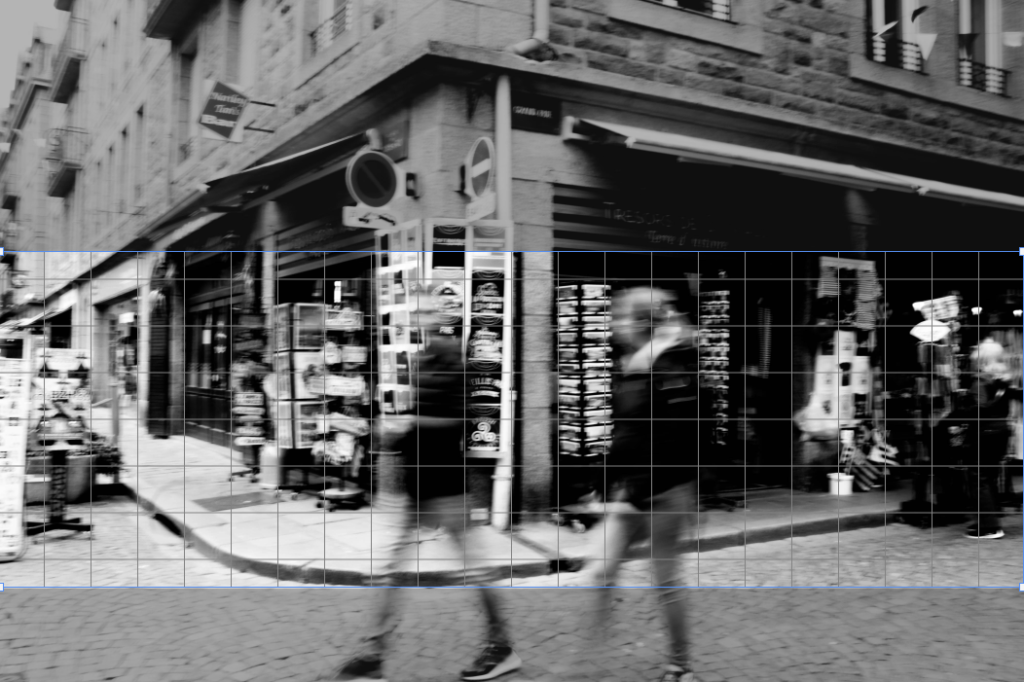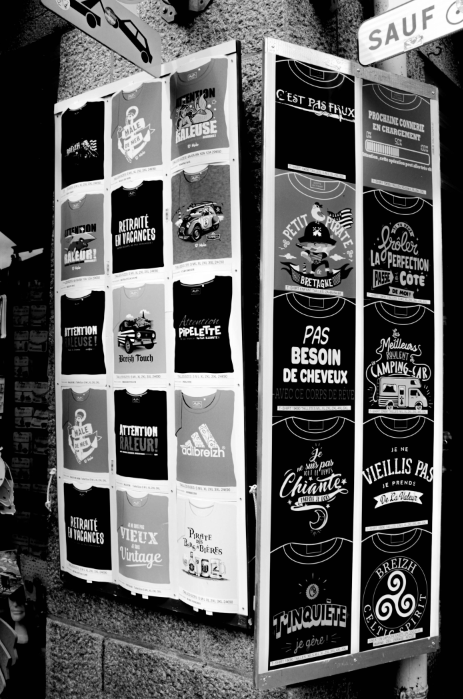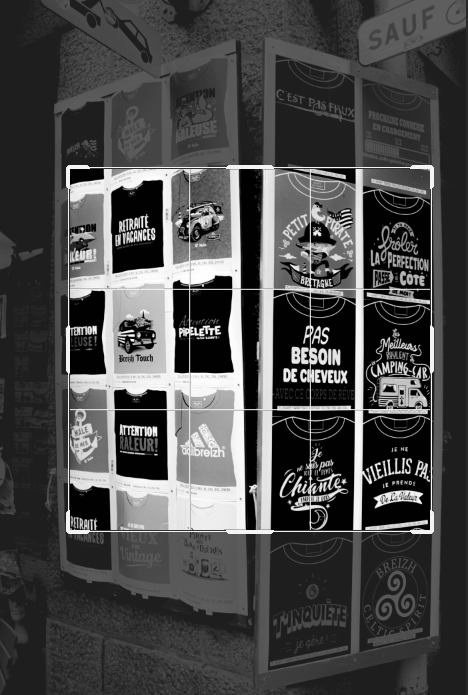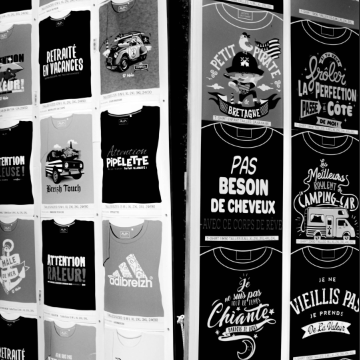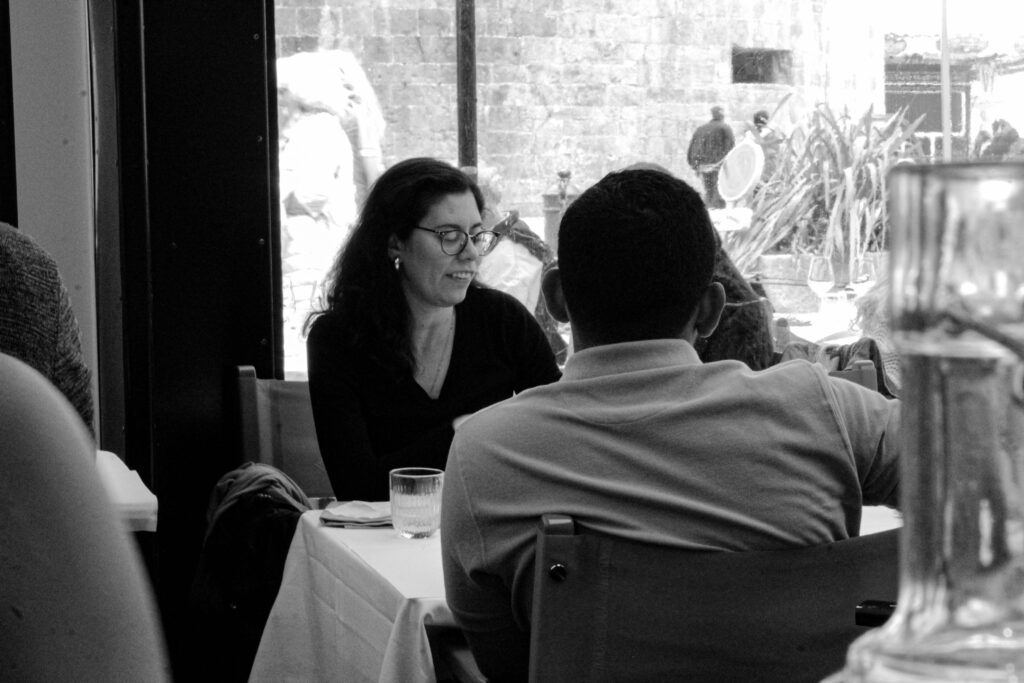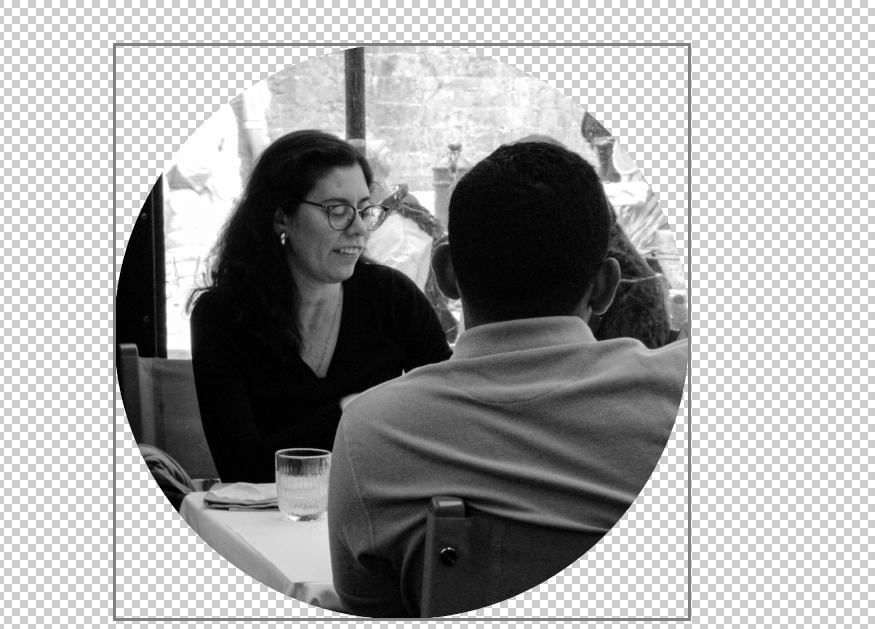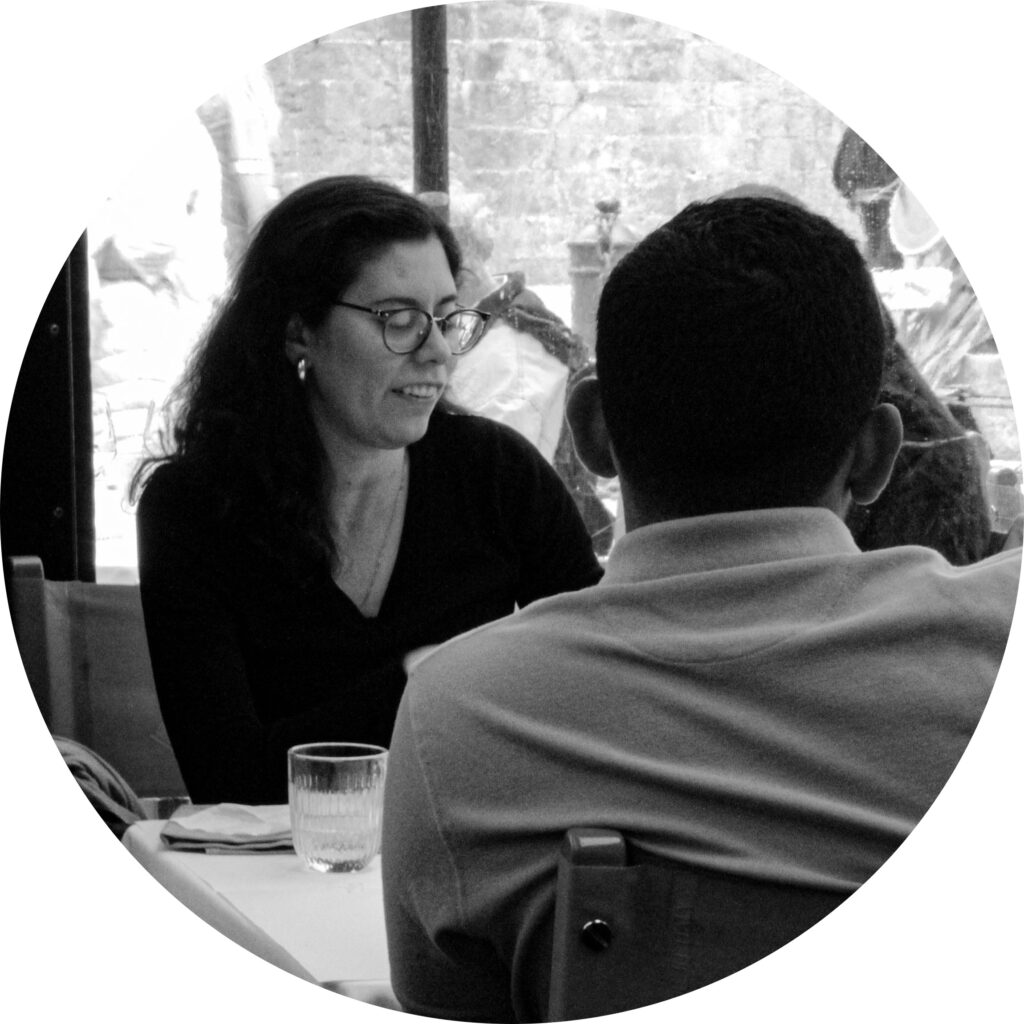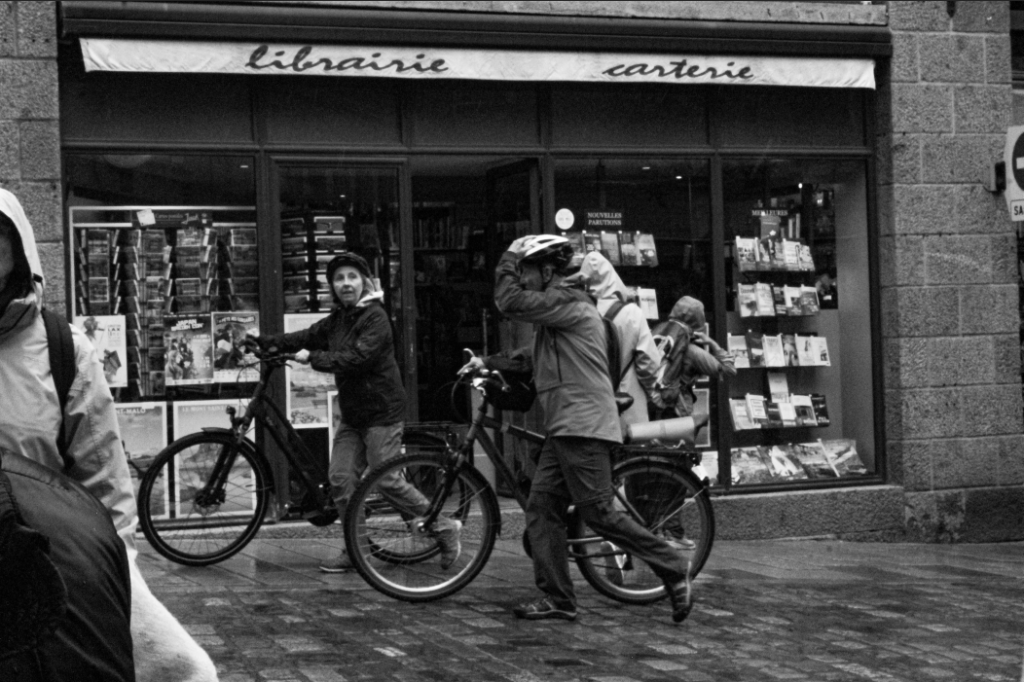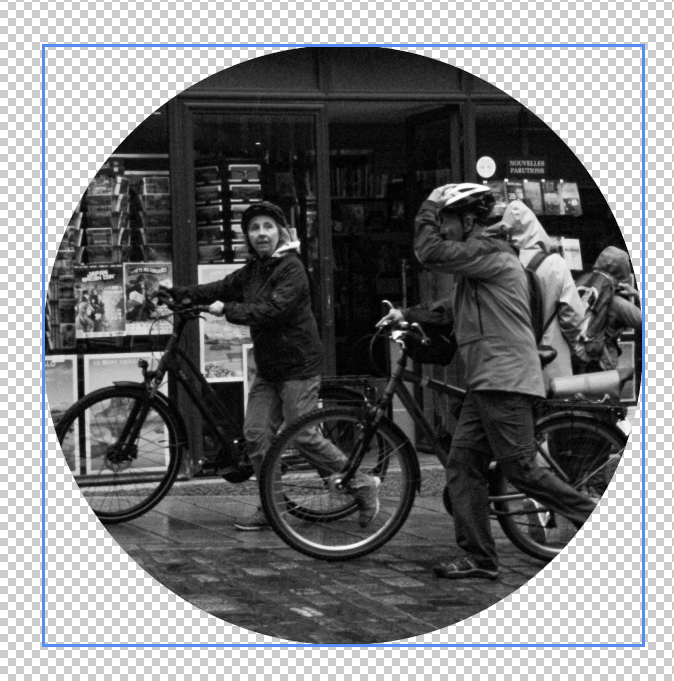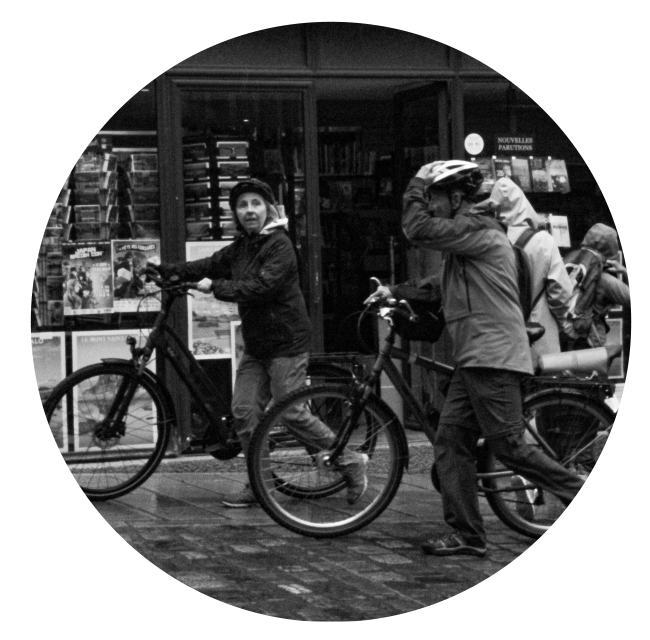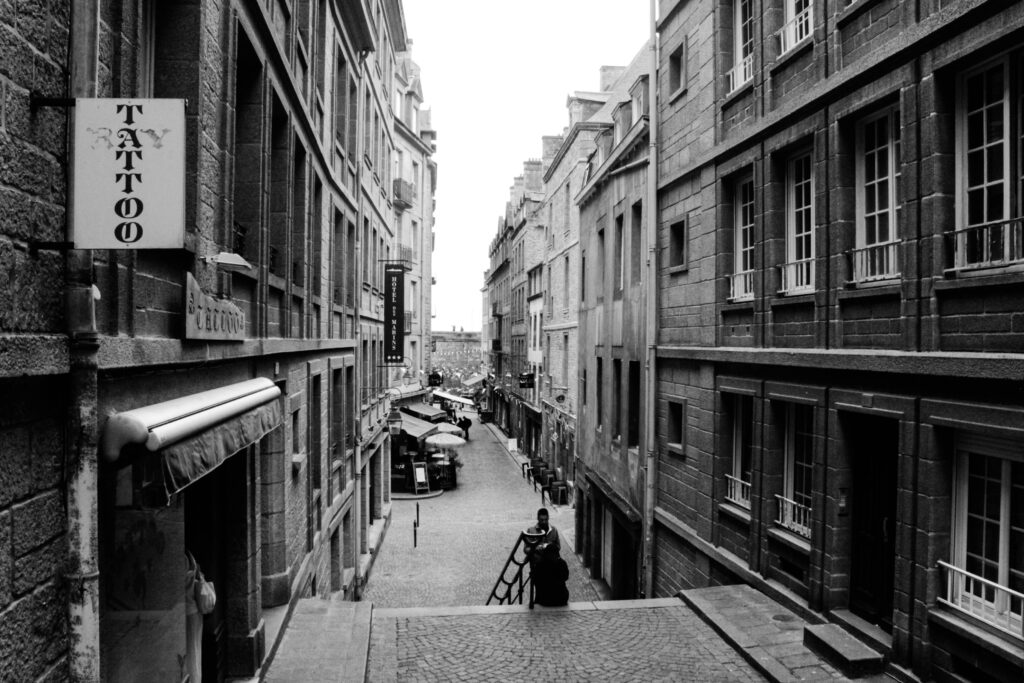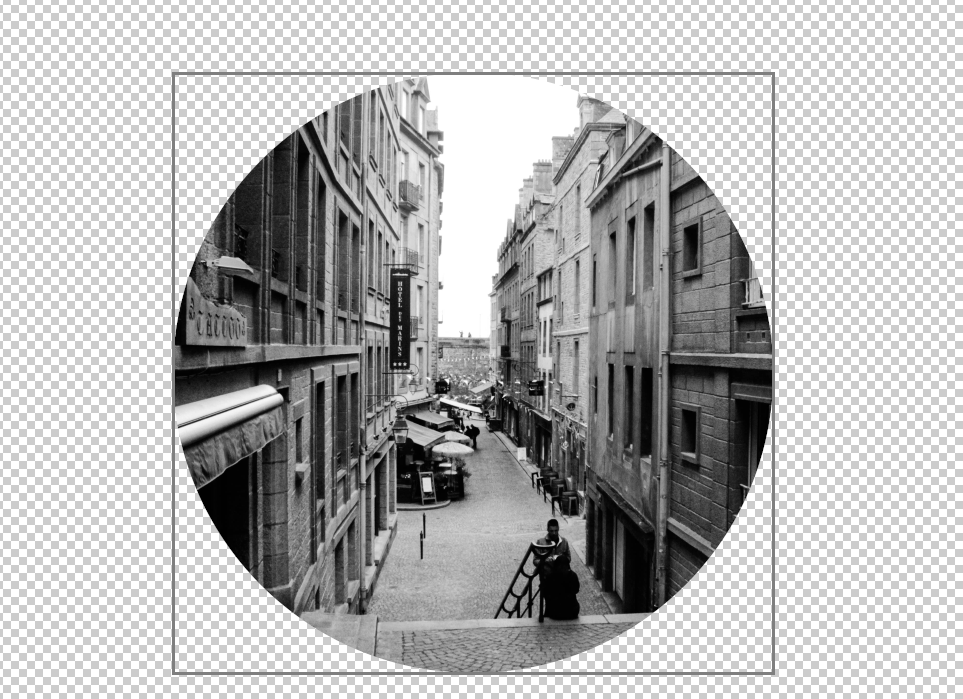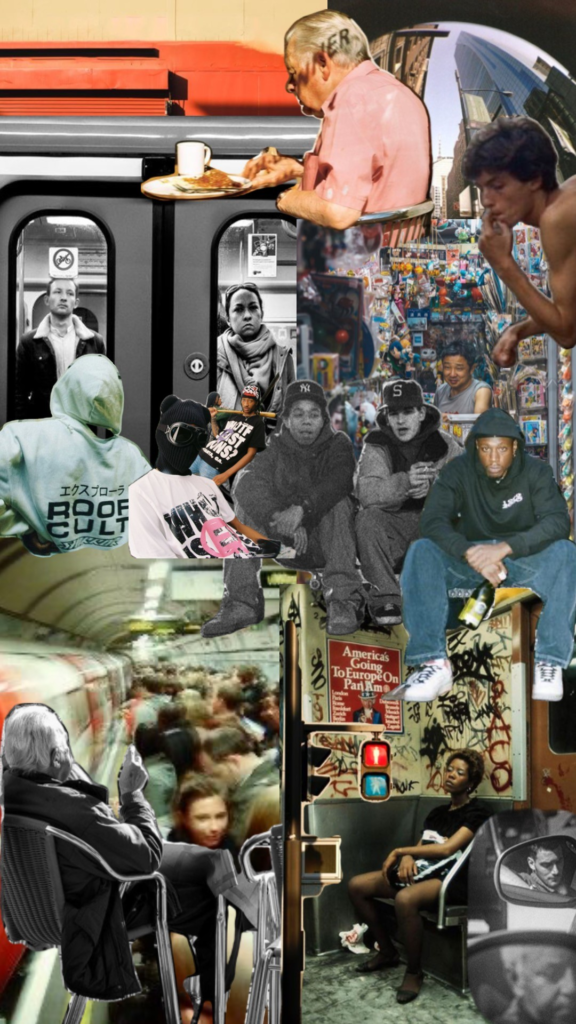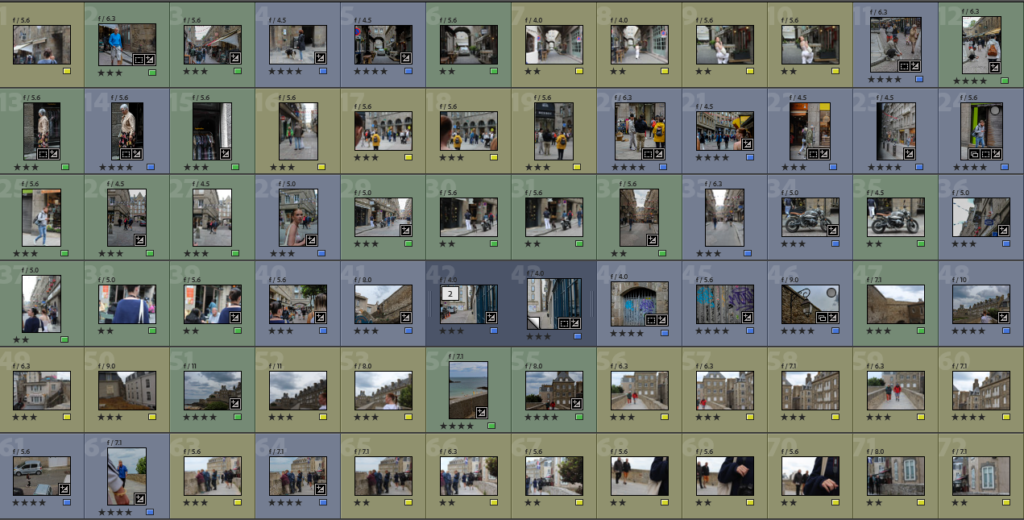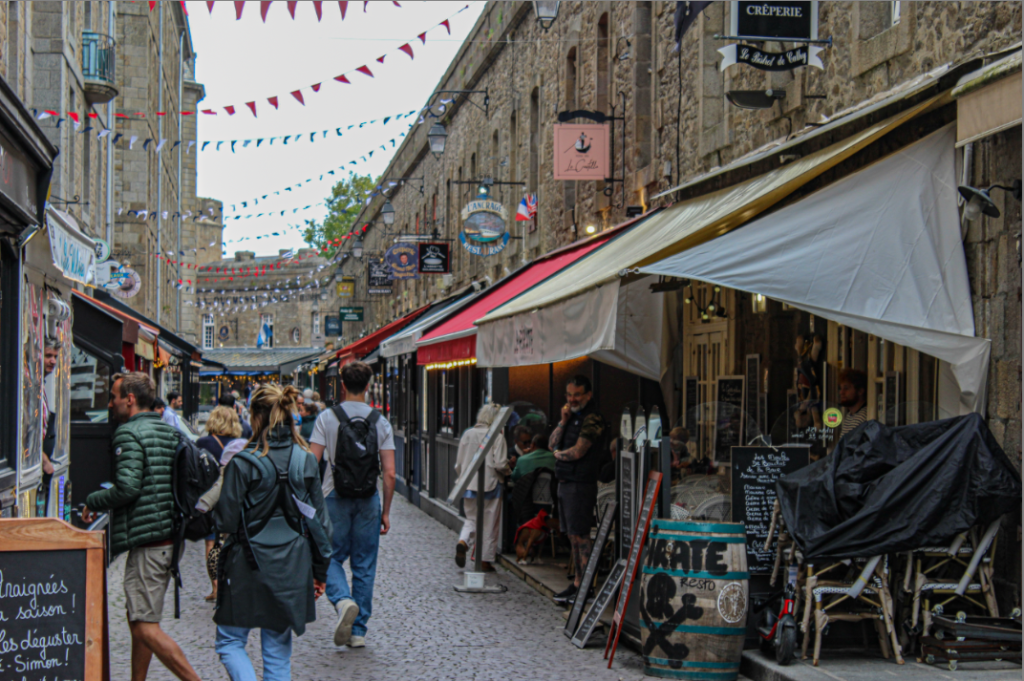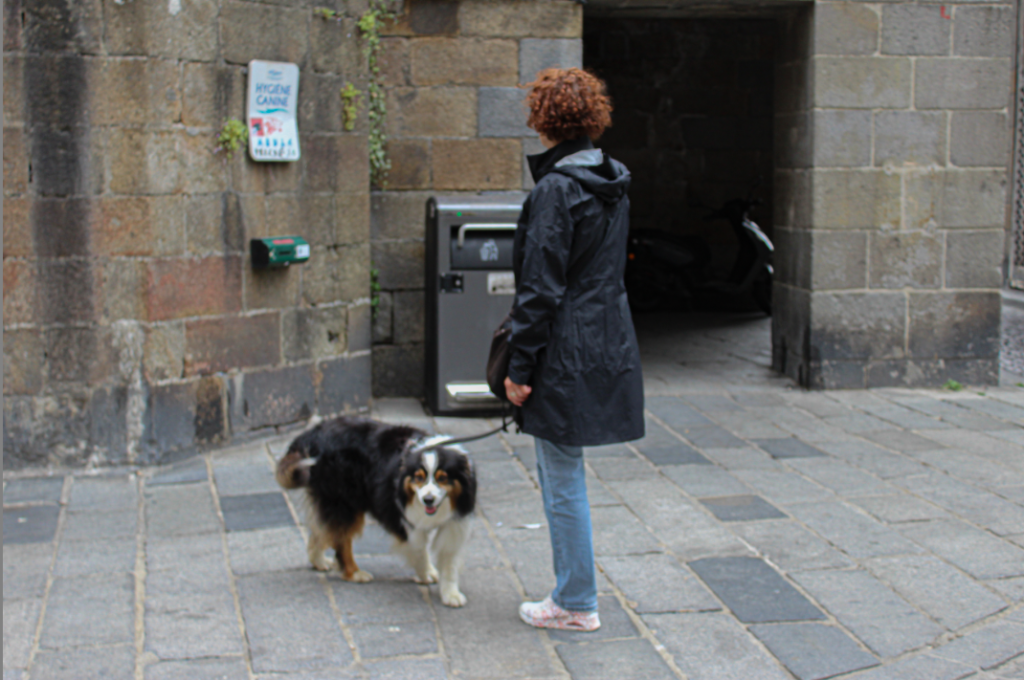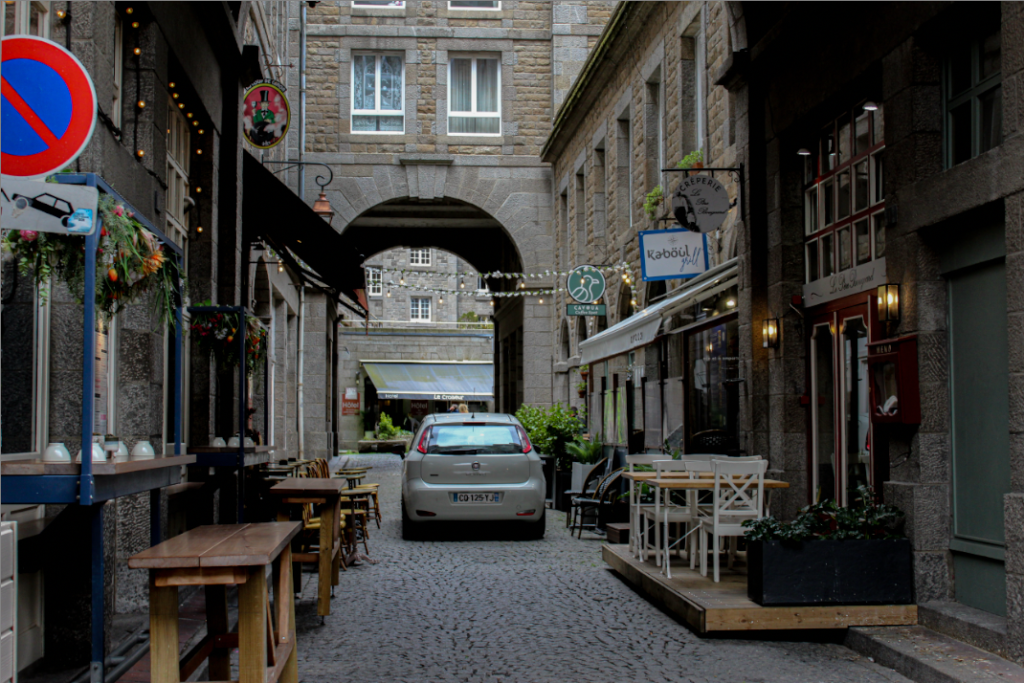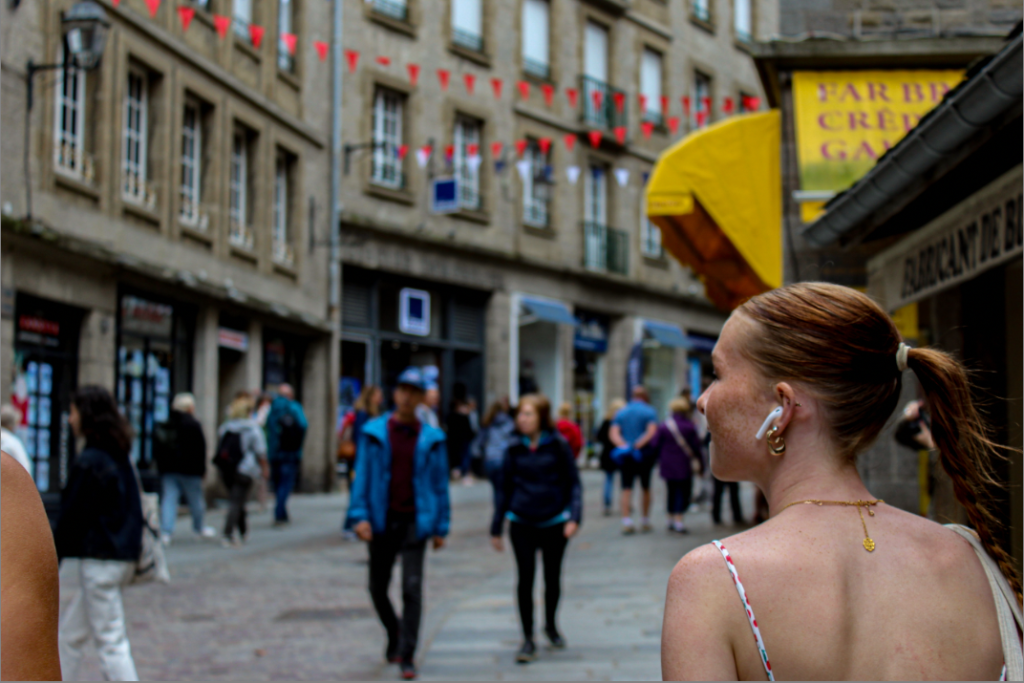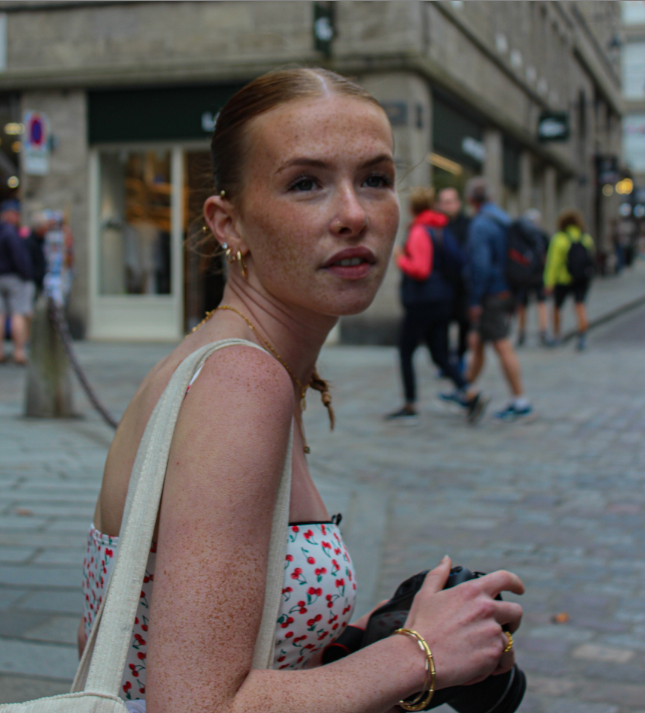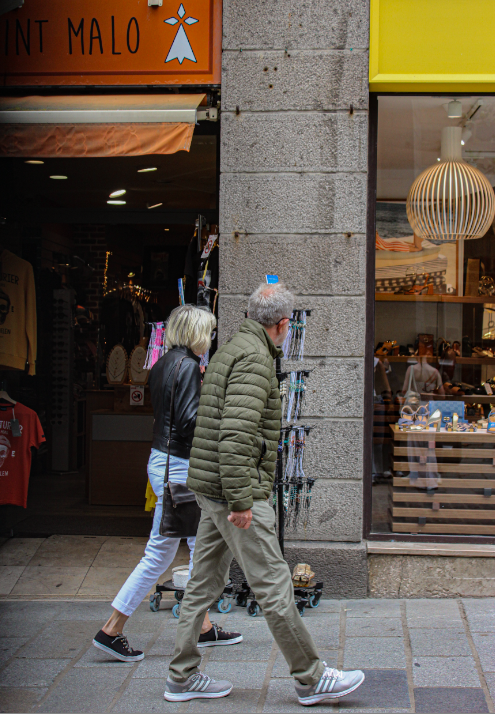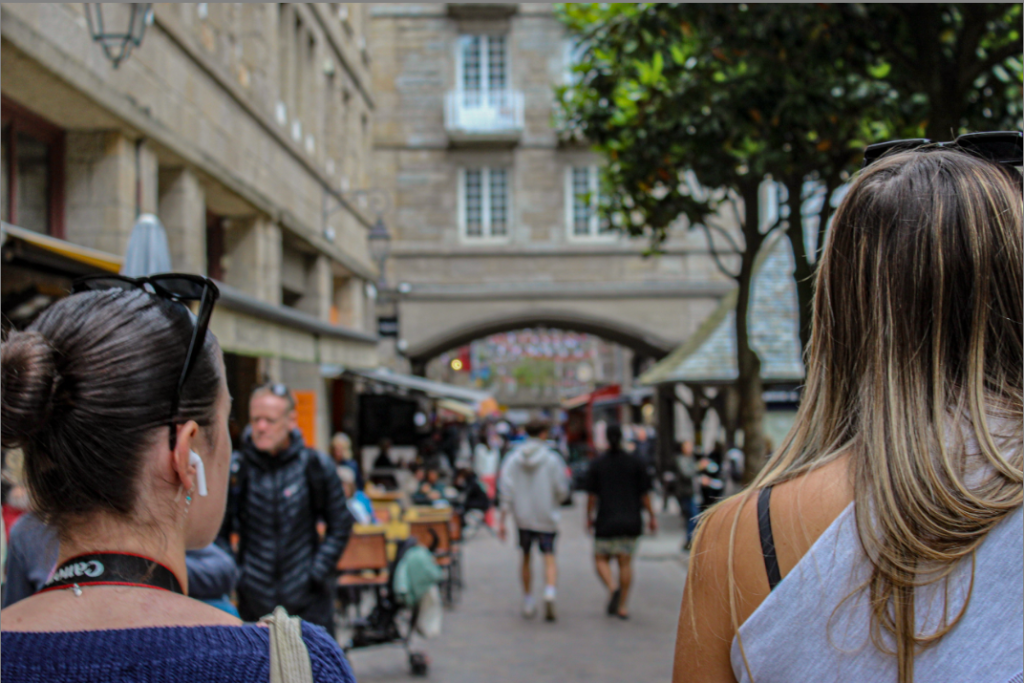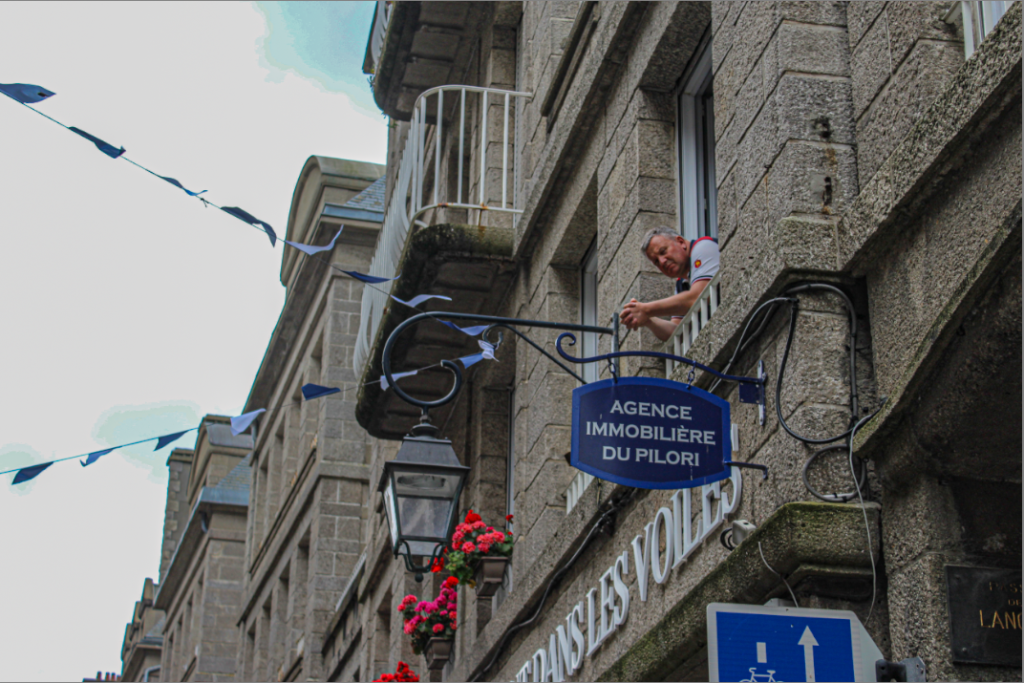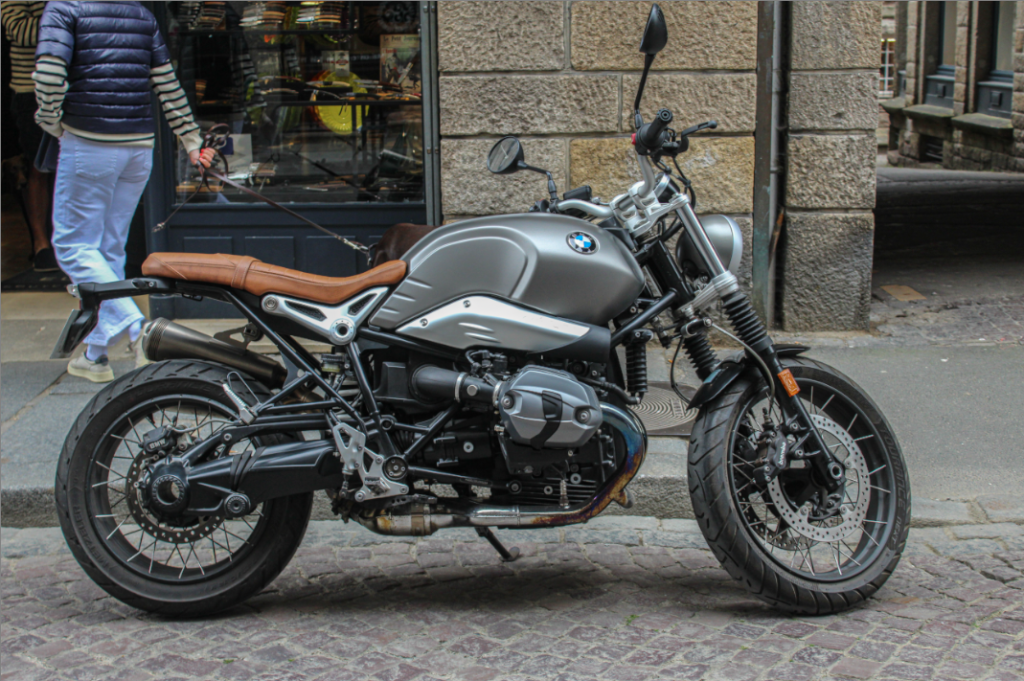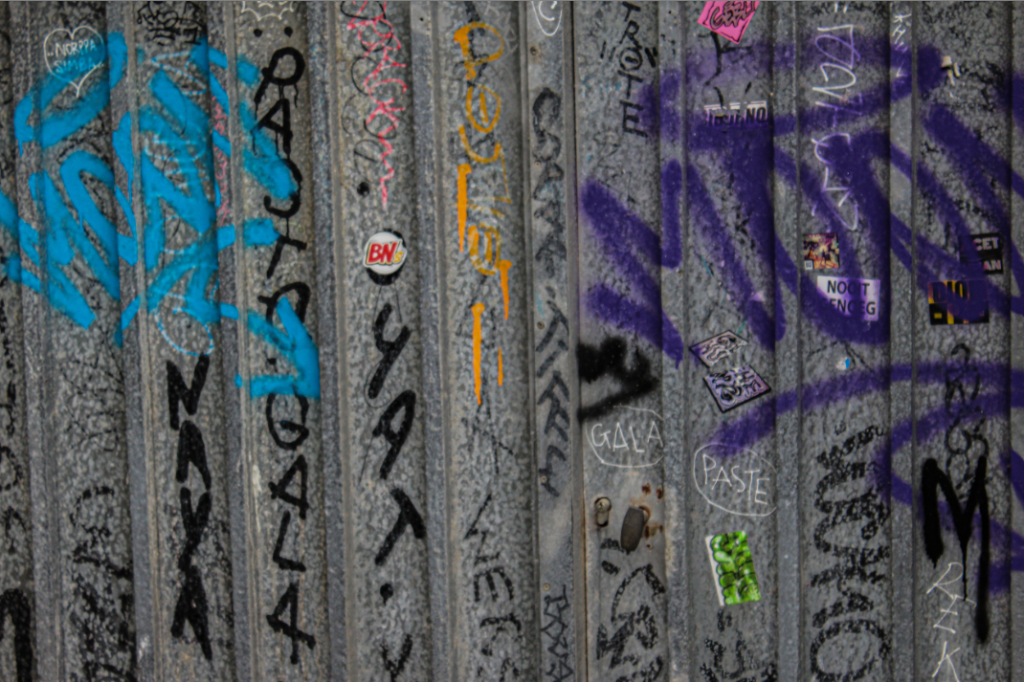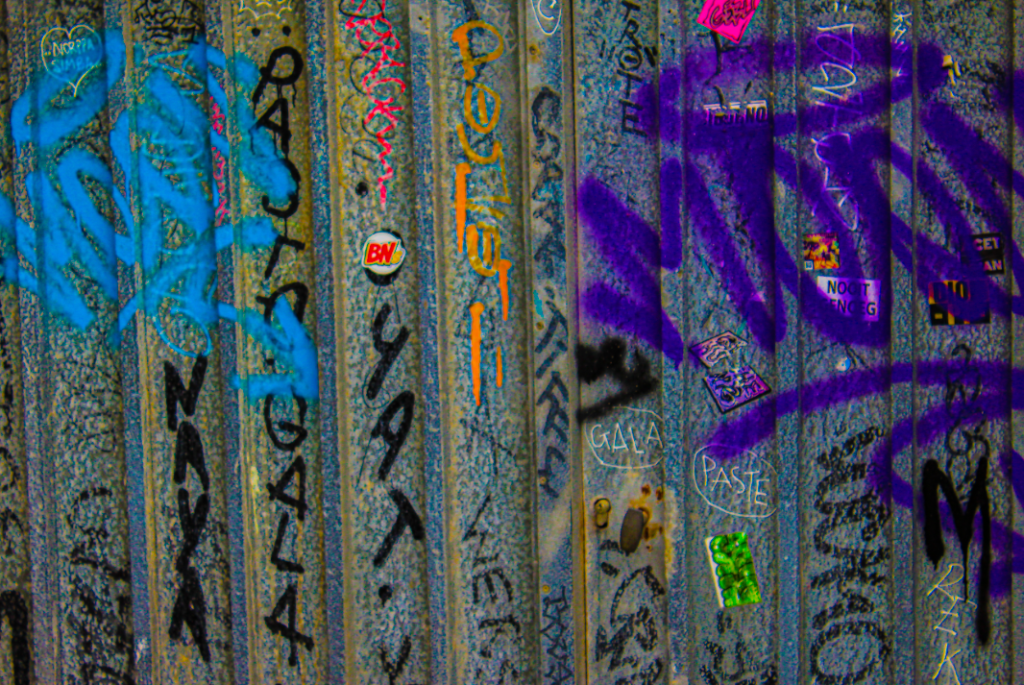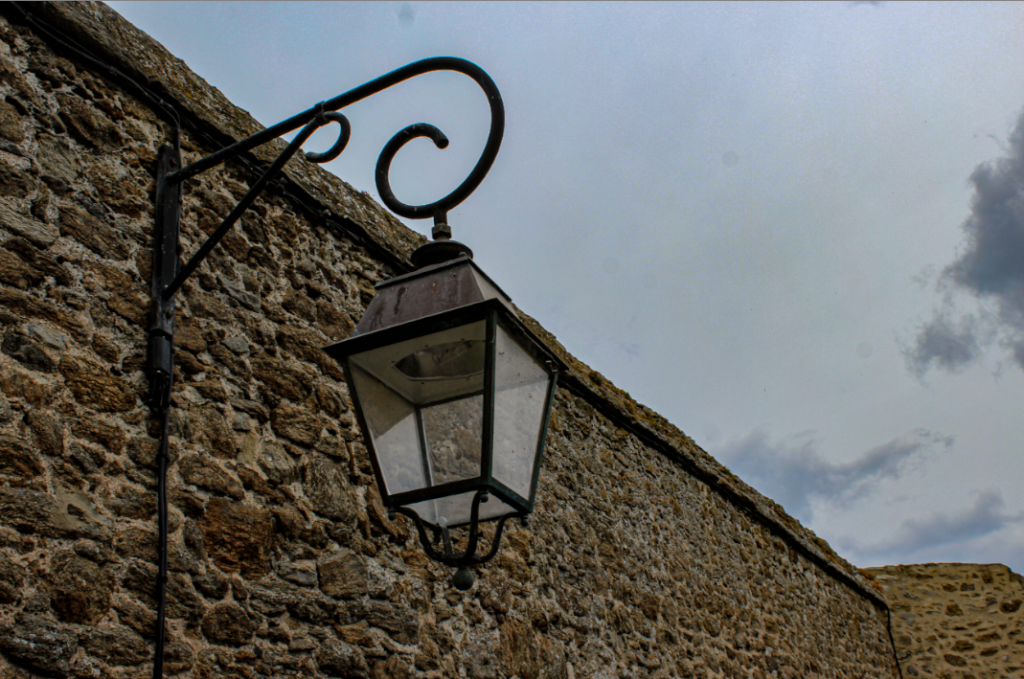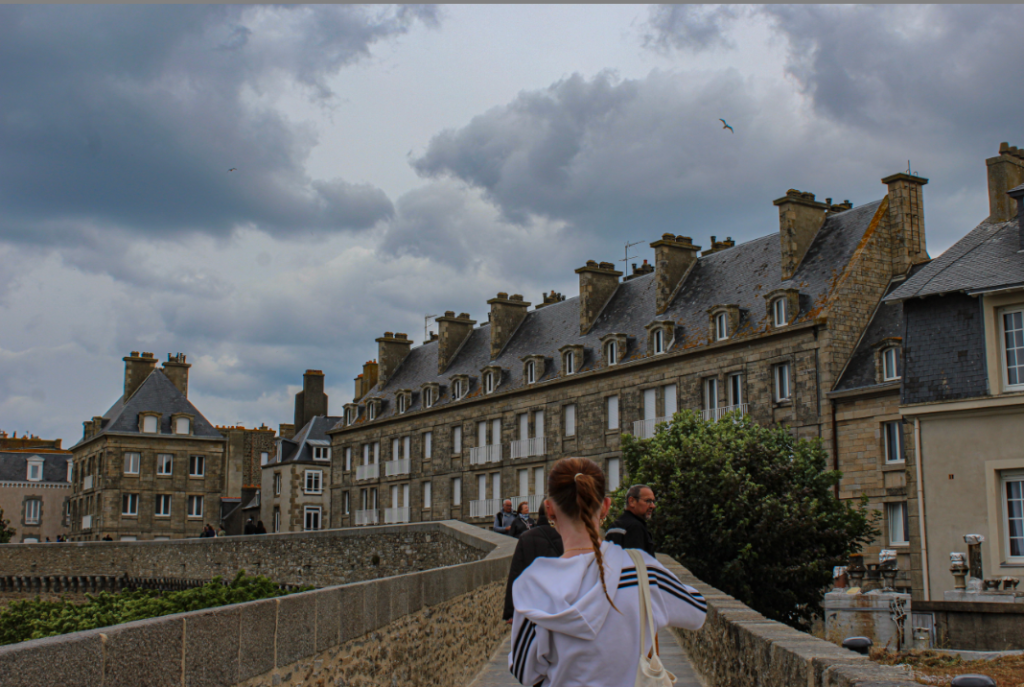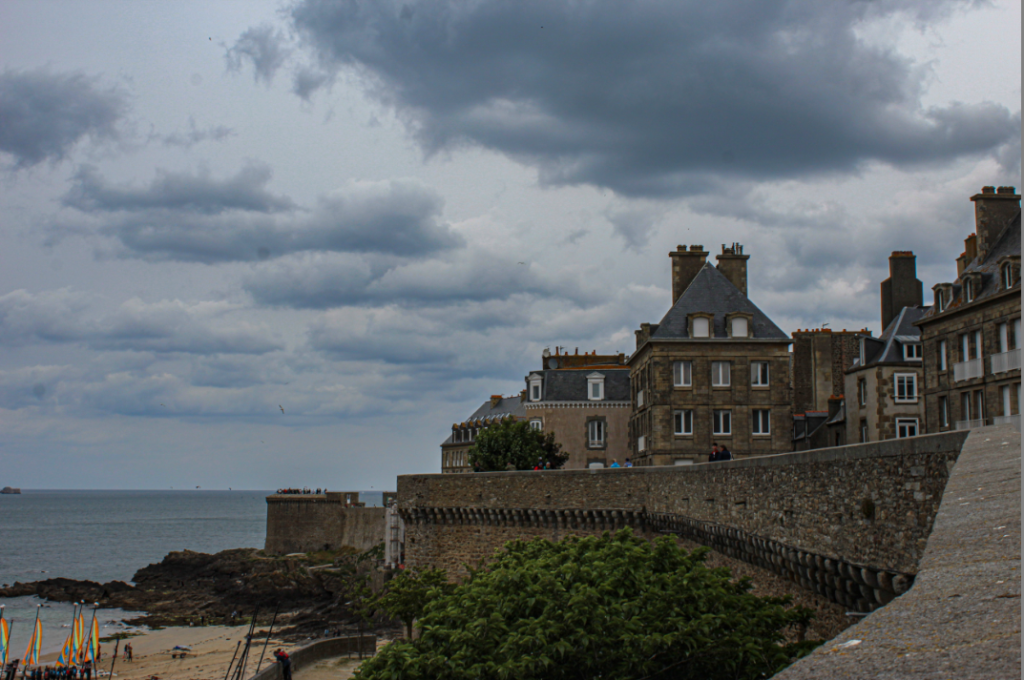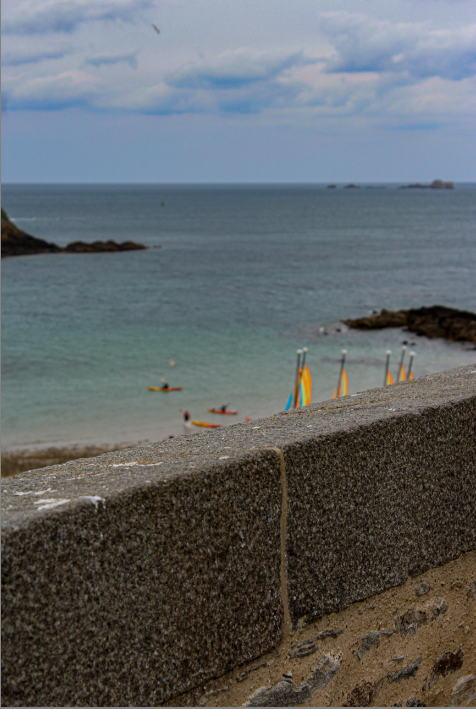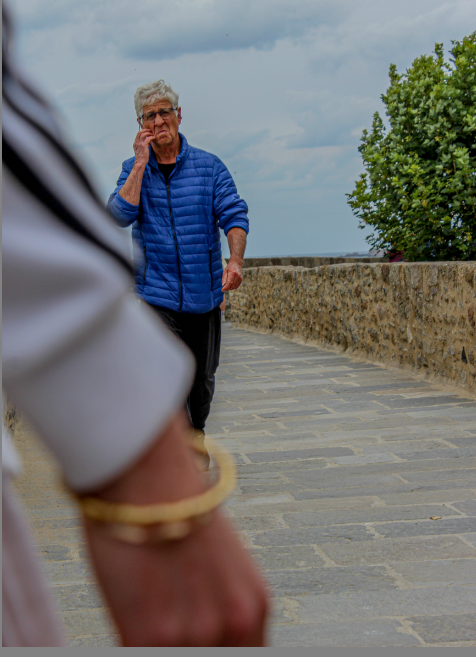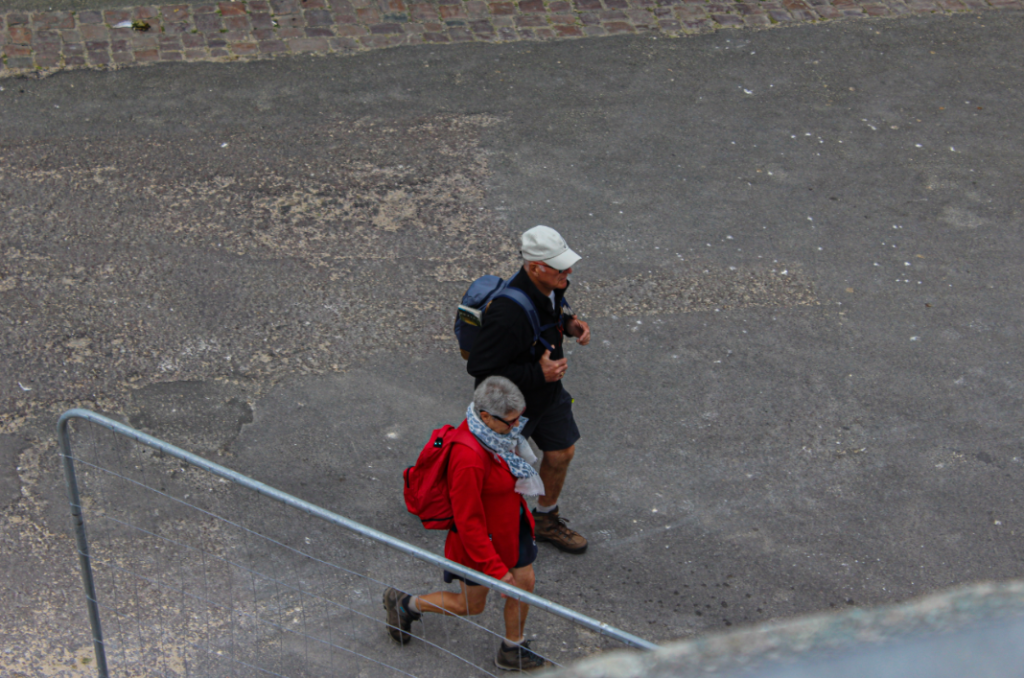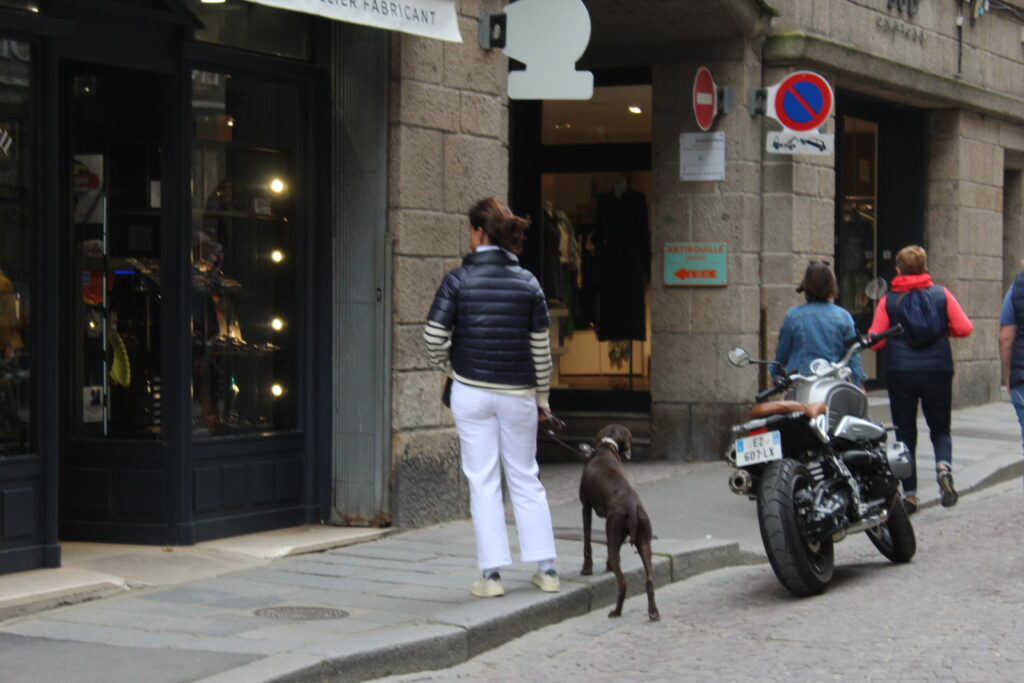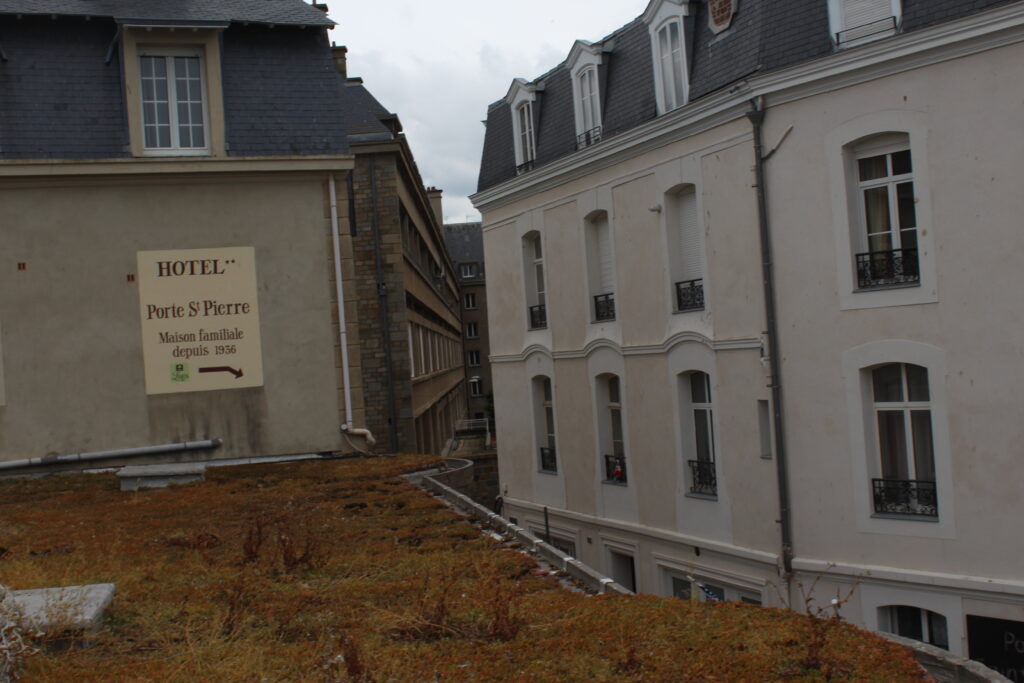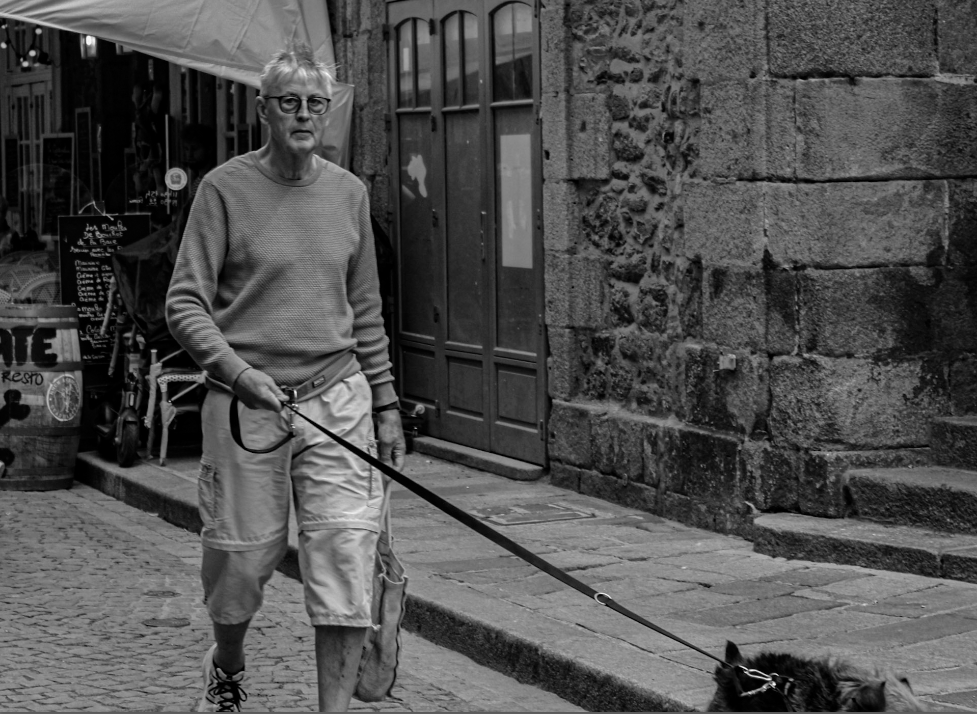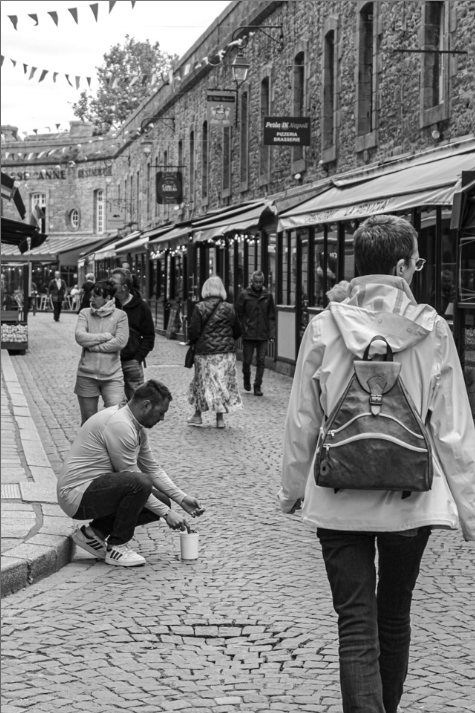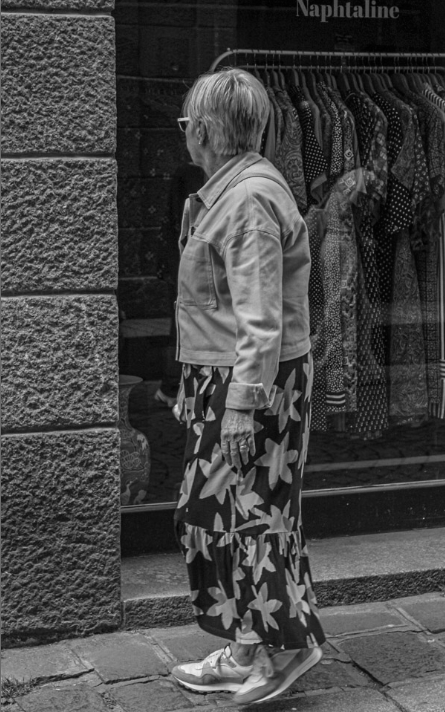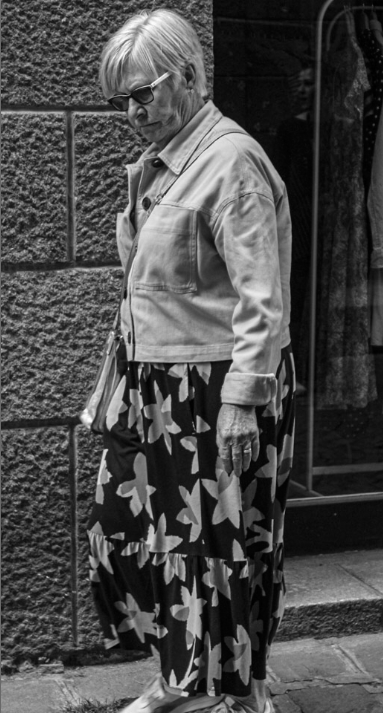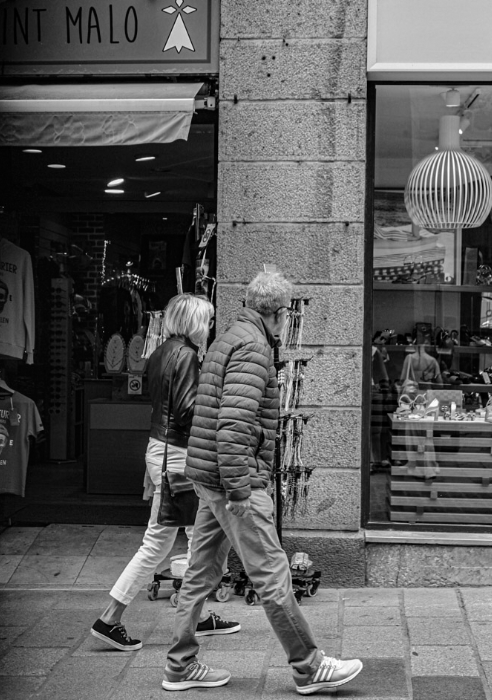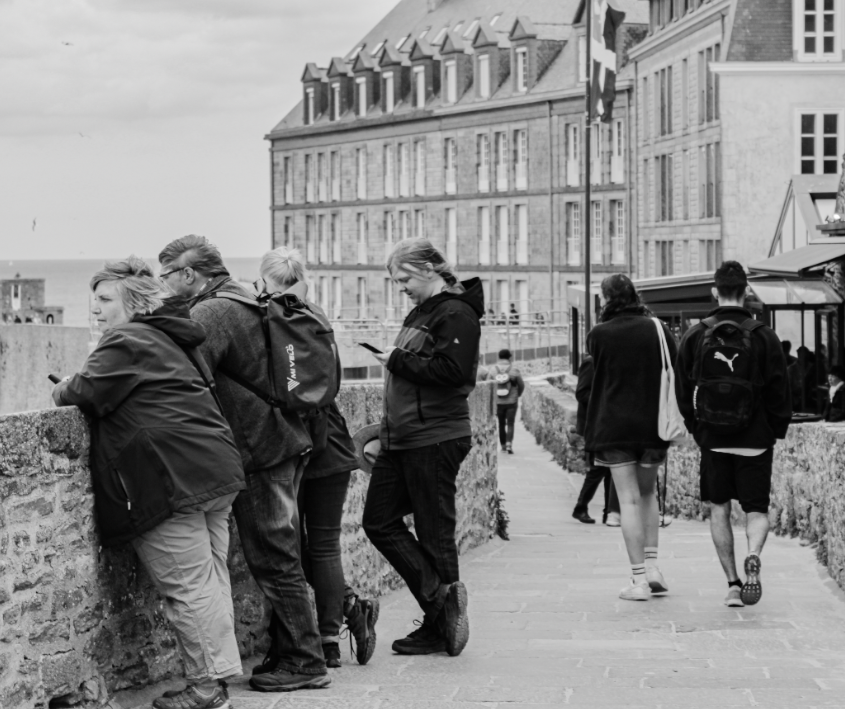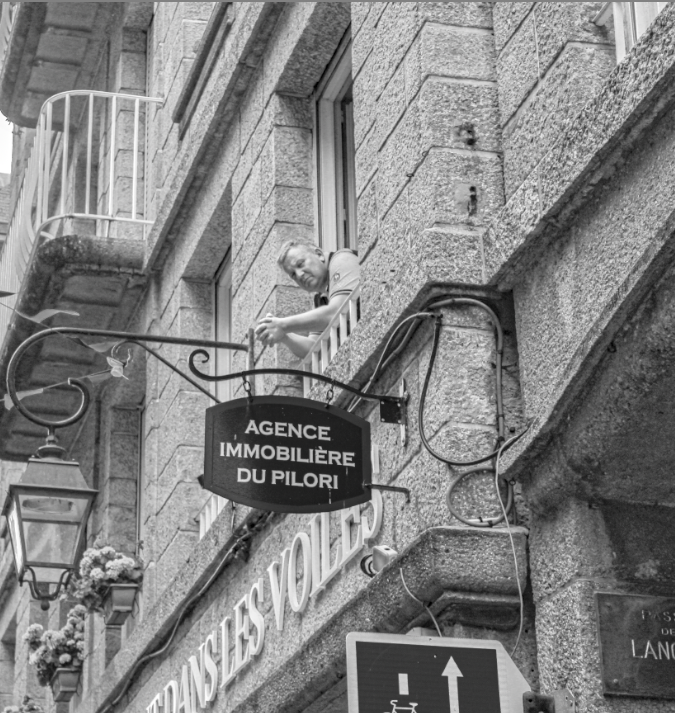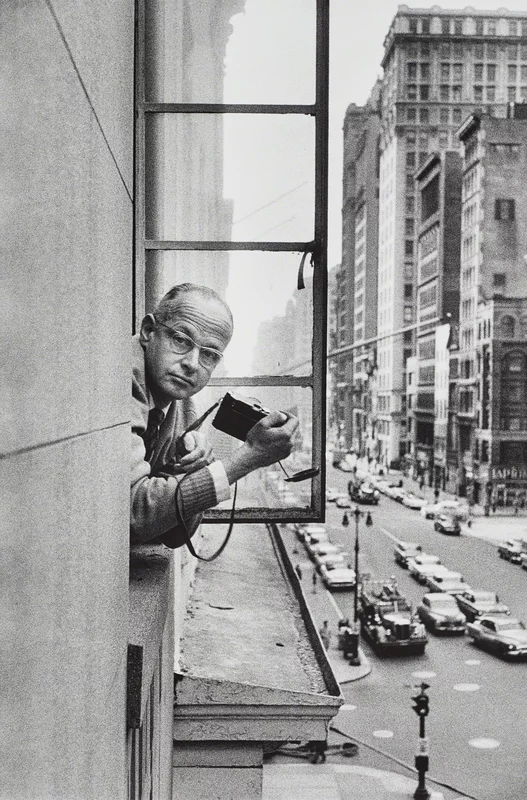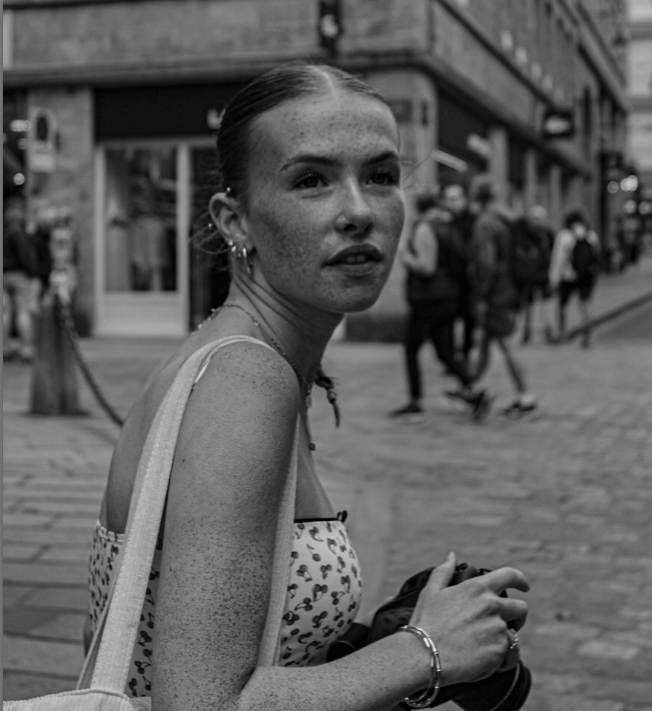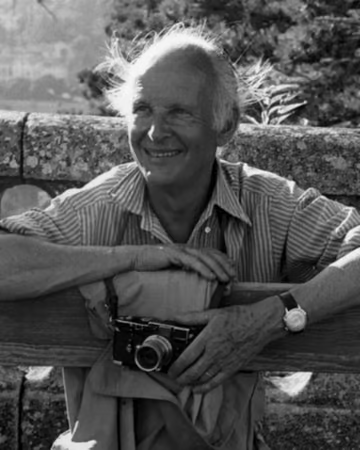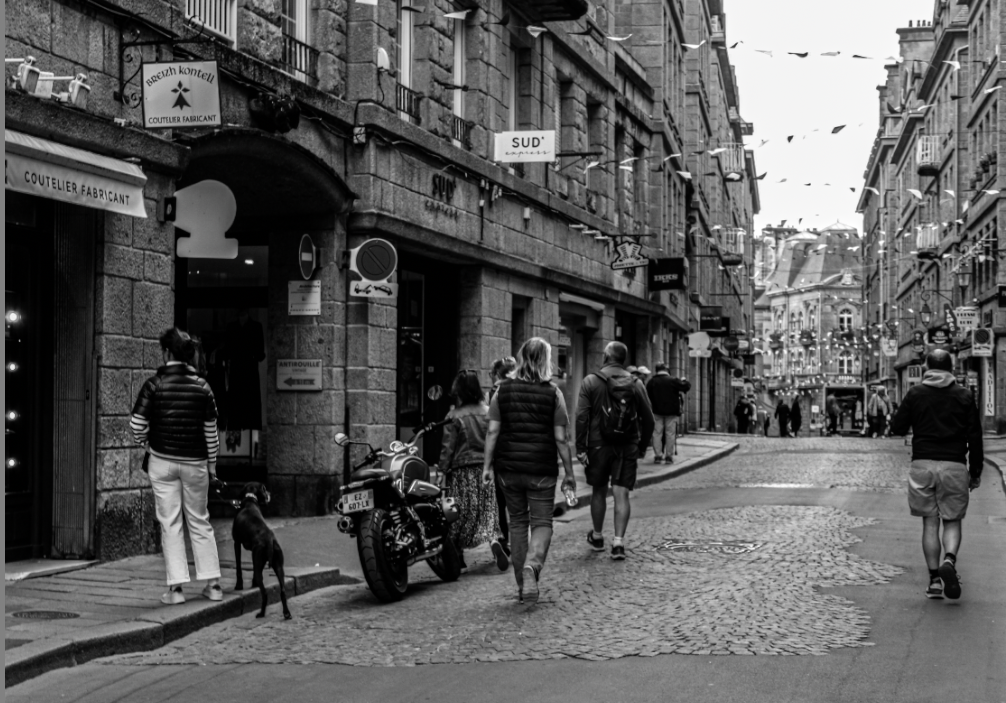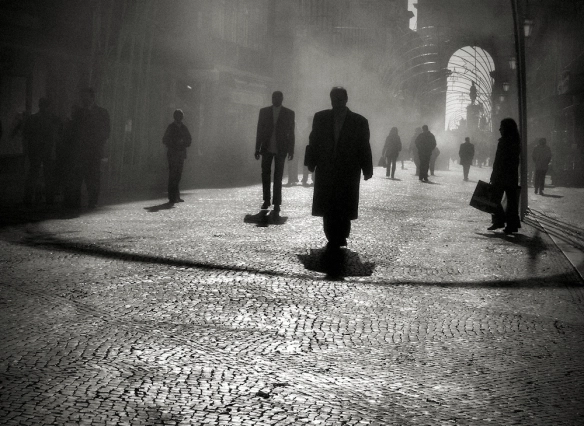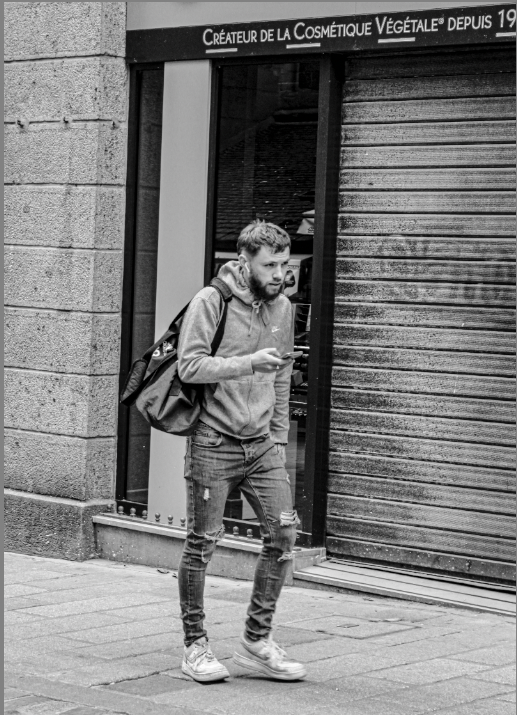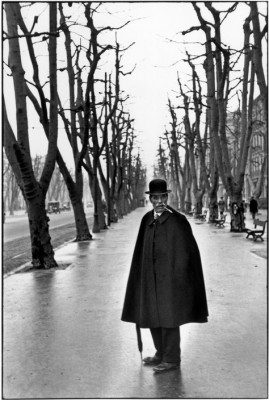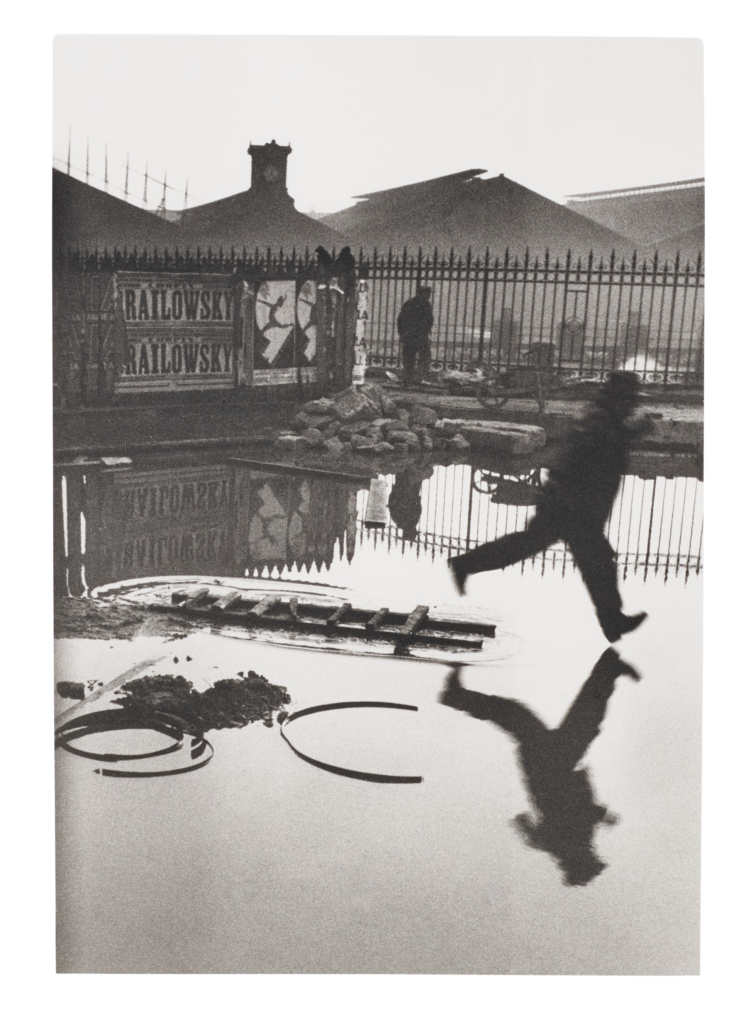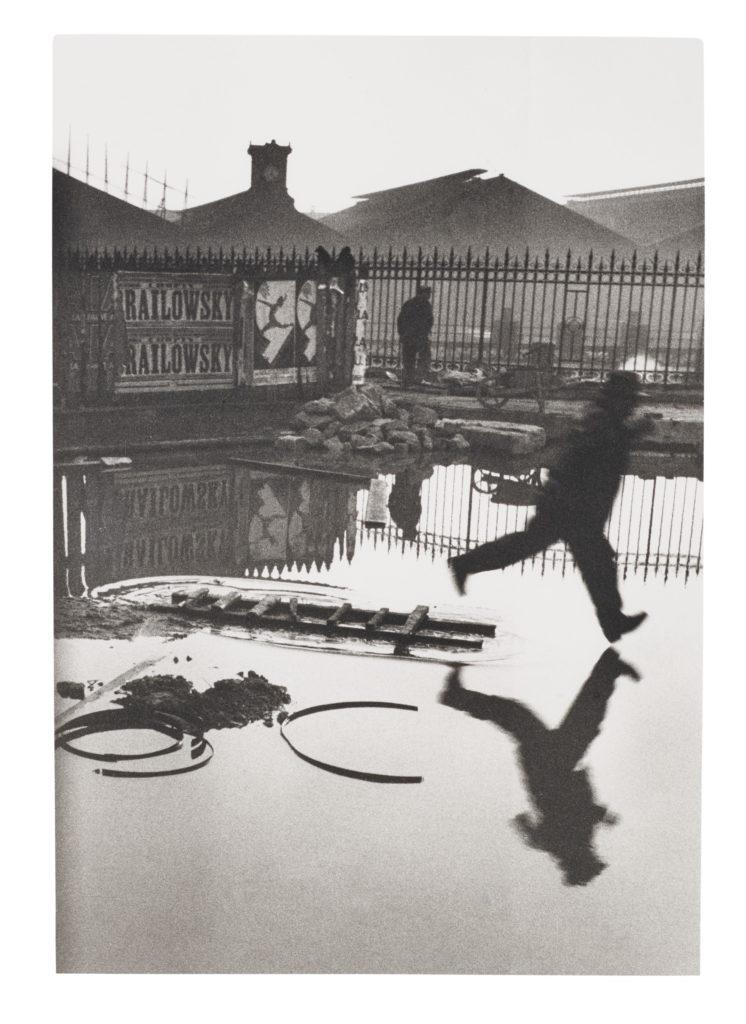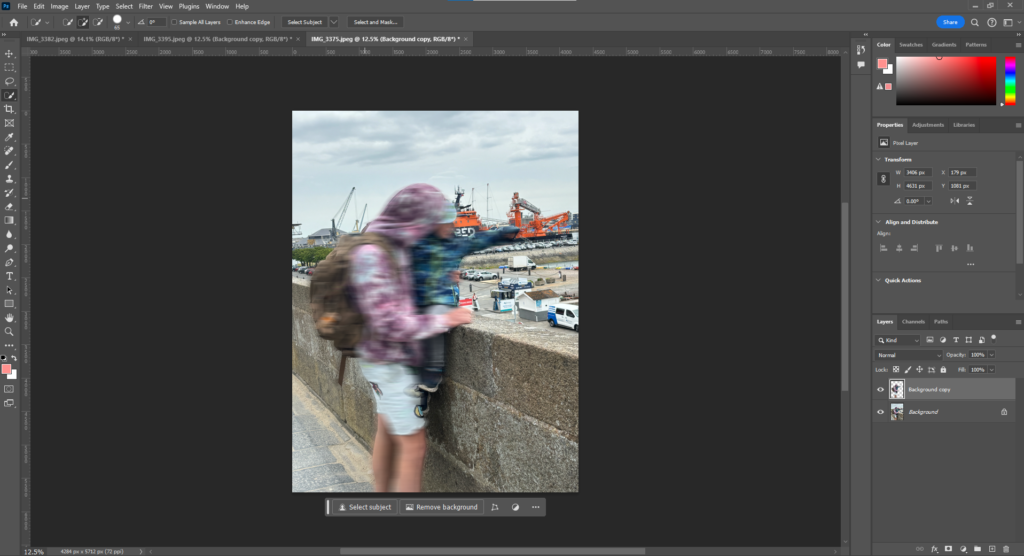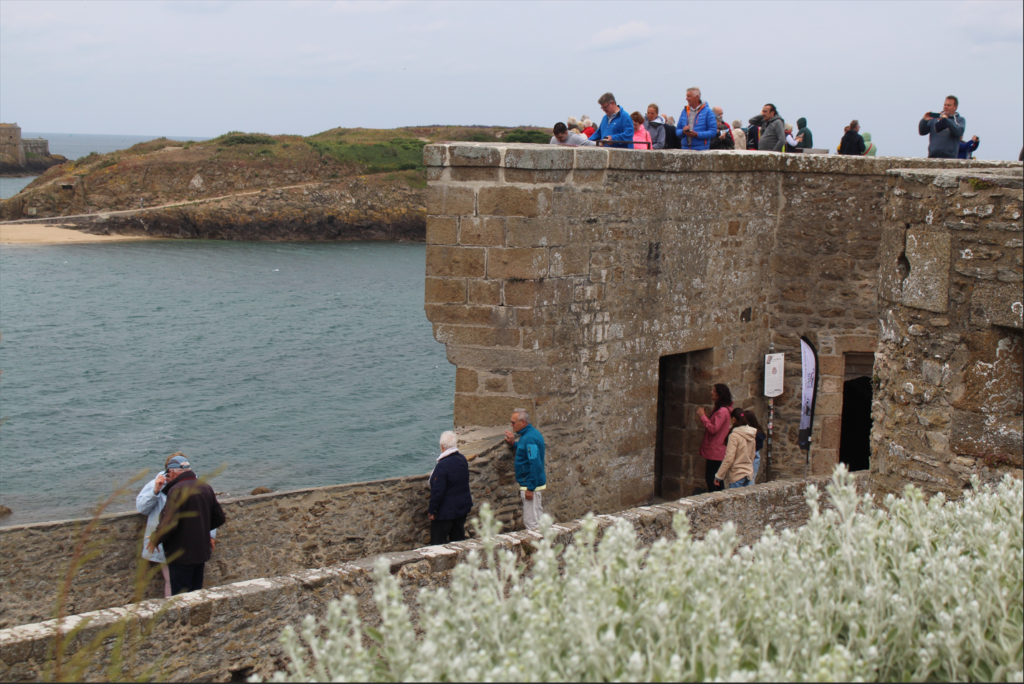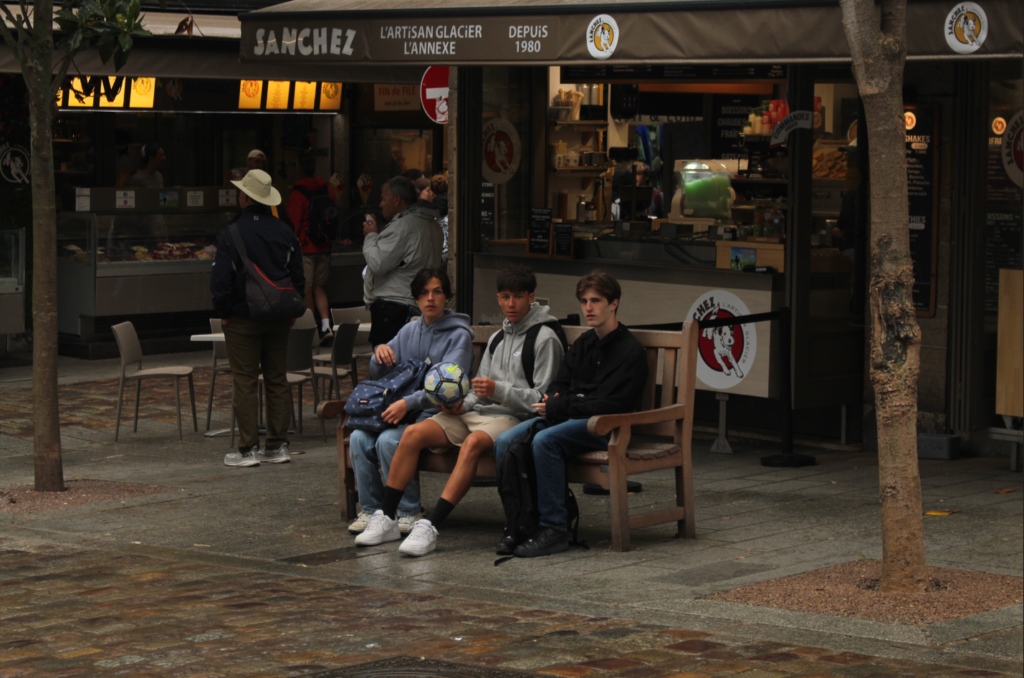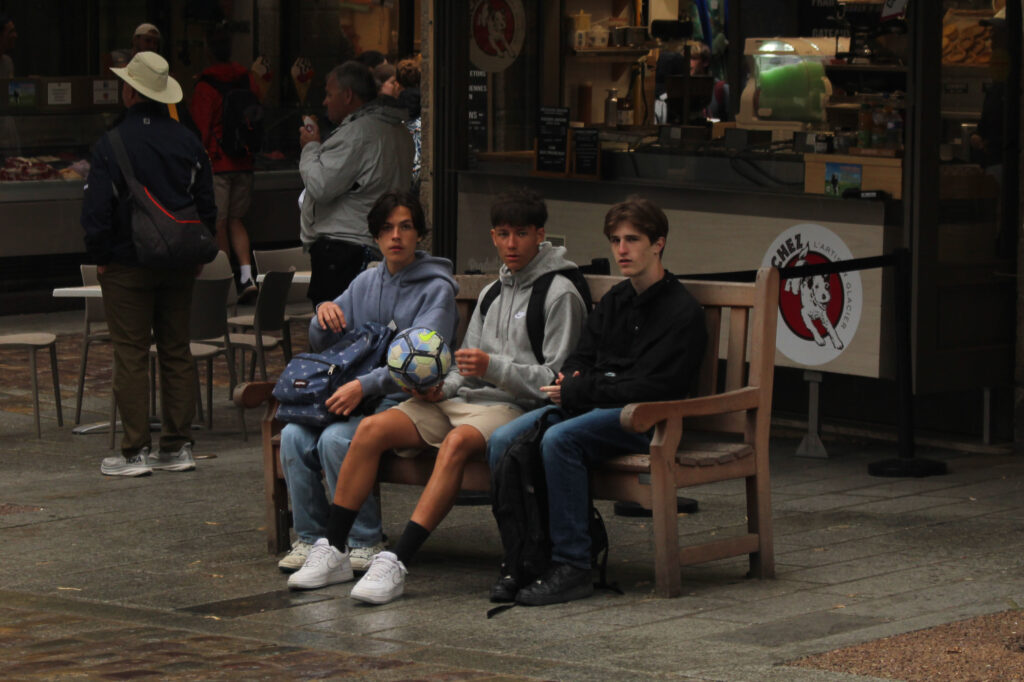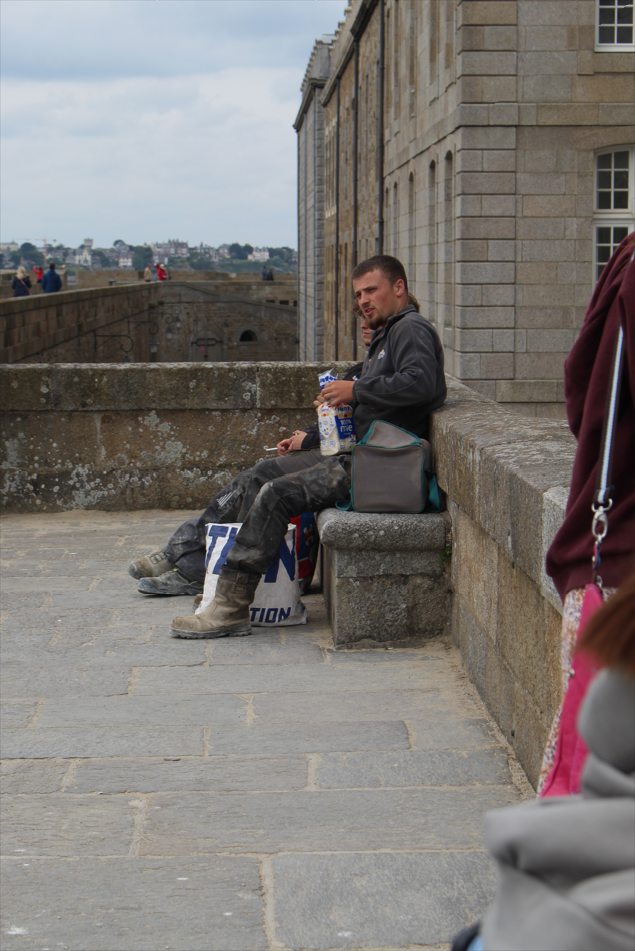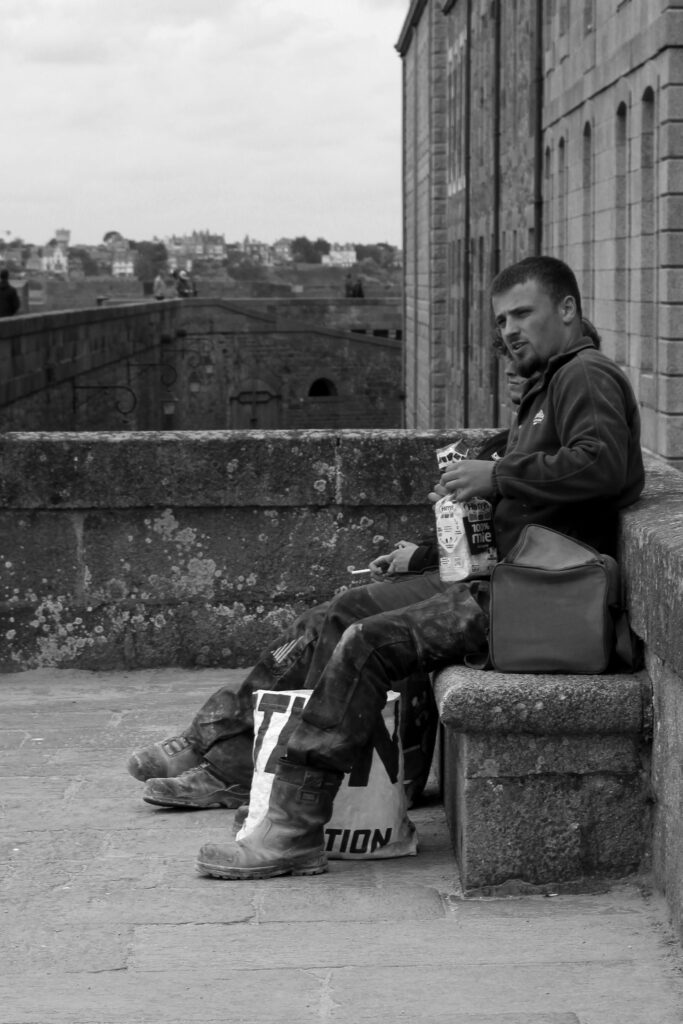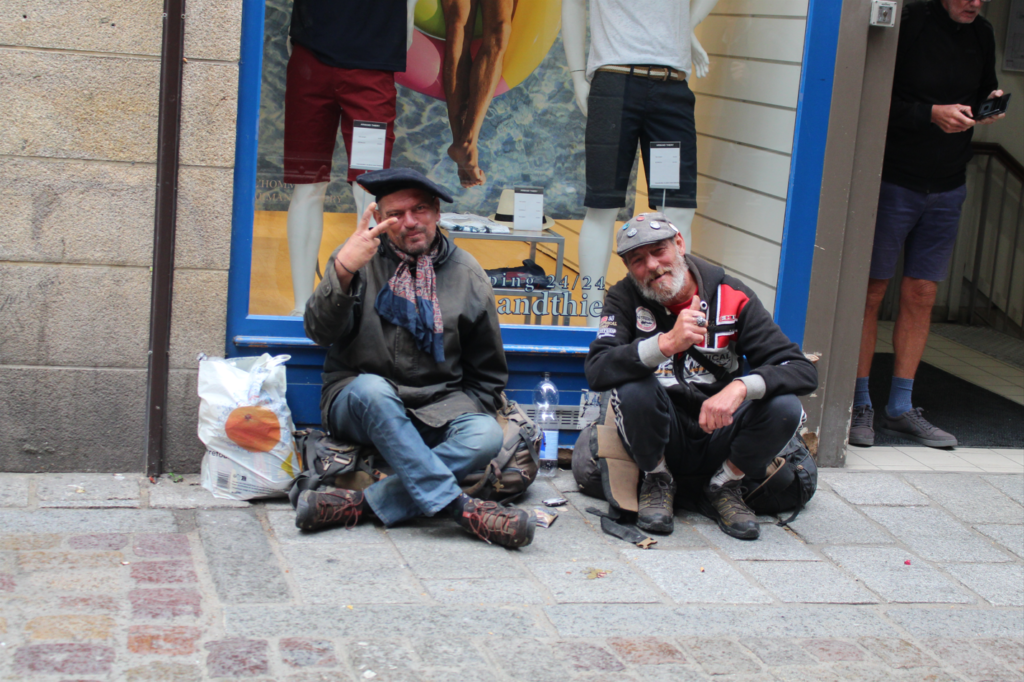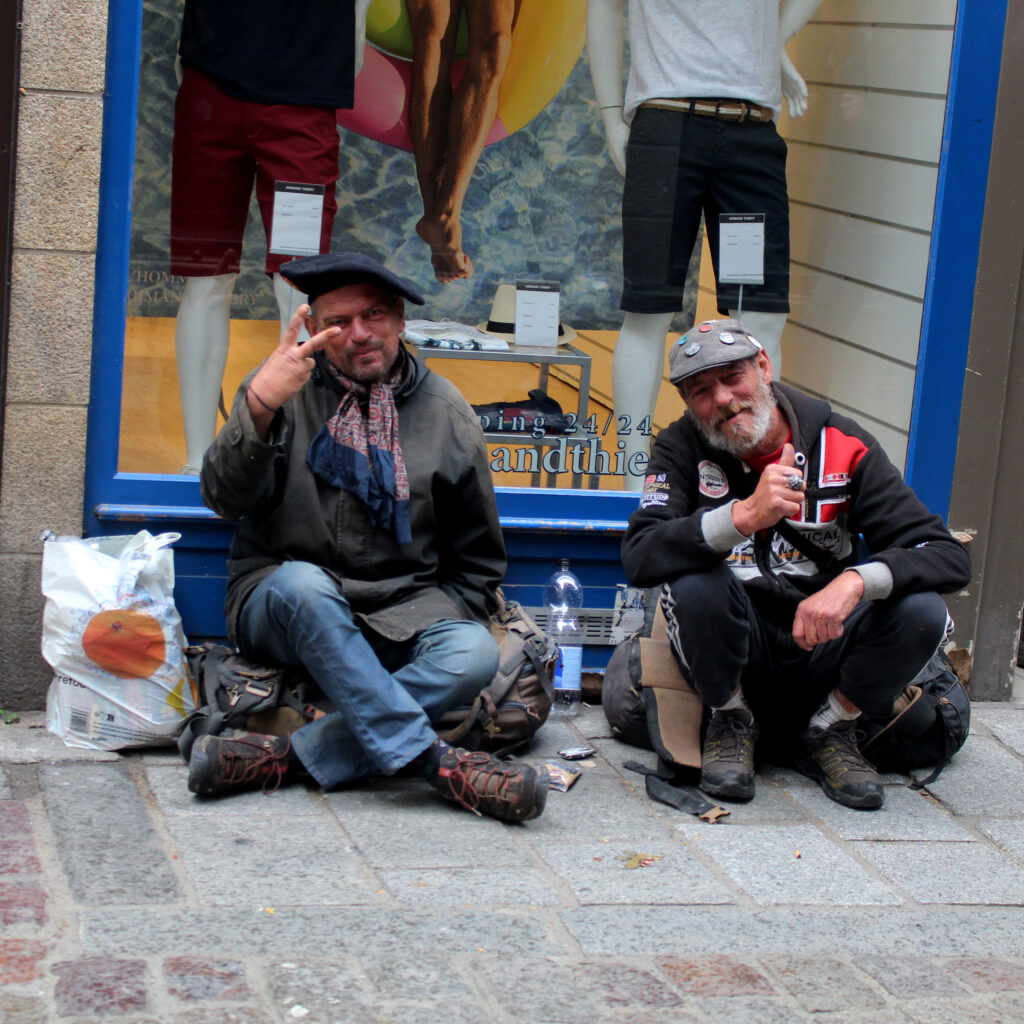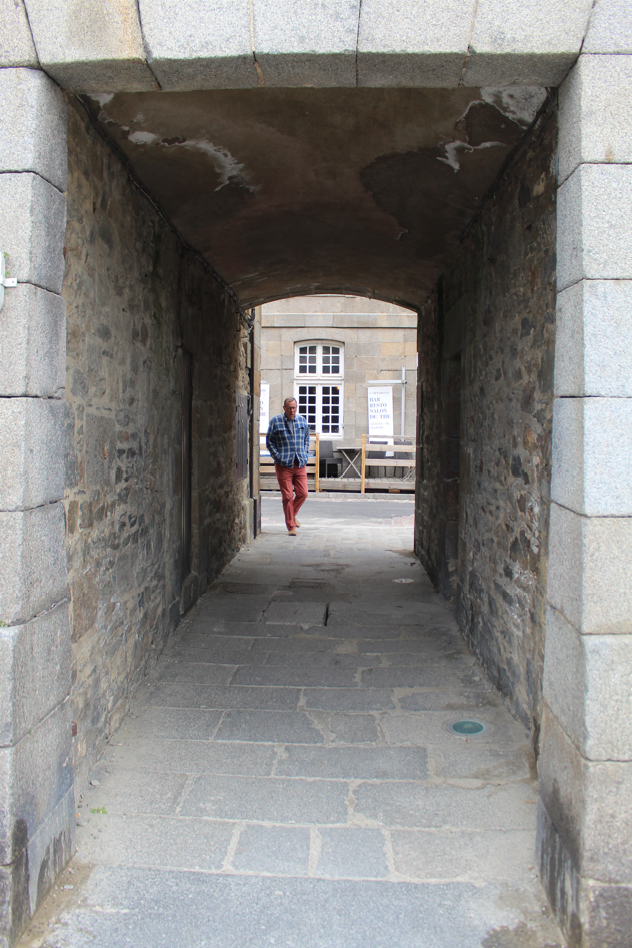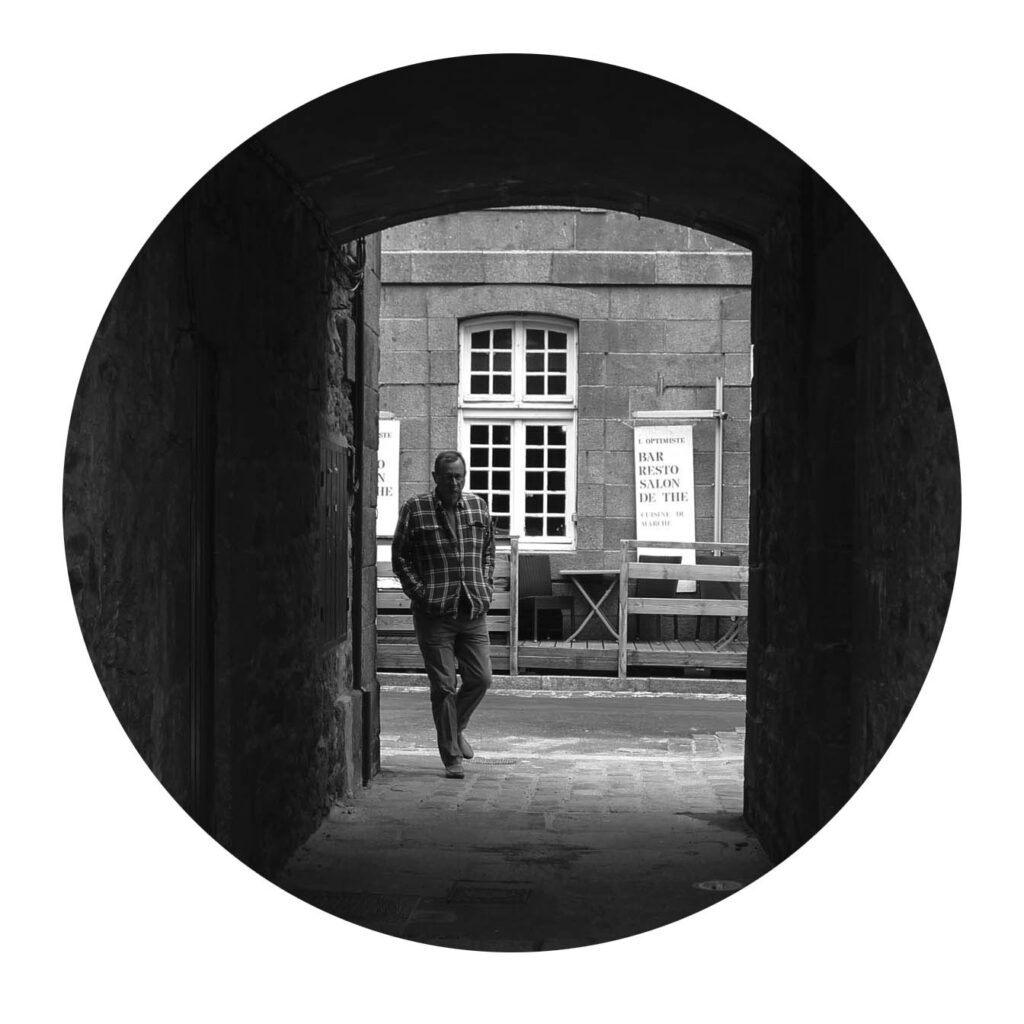Henri Cartier Bresson
Henry Cartier captures the movements of people through the world. He is a humanist photographer, who is considered a master of candid photography. He waits for the decisive moment, by looking with his heart, looking at things that connect to humanity and waiting and watching for the decisive moment. The decisive moment is a second when all elements of reality align perfectly and the goal is to notice and capture that moment. He often compared this waiting and watching to hunting, as it was similar to predator waiting and watching their prey, also trying to capture it. A good example of Henri Cartier capturing the decisive moment is this image:
This captures the decisive moment, as he captures a man, who is passing by leaping of the puddle and captures his action in this image.
About him?
Henri grew up in a wealthy family in France, and was introduced to the arts early. He was initially drawn to painting, but his passion was sparked when he discovered photography, which he saw as an extension of drawing and an extension of his eye. With a camera, Henri found a tool he could use to interact with the world. In his early years, he travelled extensively, from Europe to Africa, and absorbed varied cultures. These experiences helped to shape his outlook on life and hone his philosophy.
“Photography isn’t just about images; its about capturing the essence of existence.”
This philosophy matured into what we call “The decisive moment”.
Inspired in the 17th centaury Cardinal de Retz’s quote,
“There is nothing in this world that does not have a decisive moment.”
Henri internalised this notion, making it the cornerstone of his work. It wasn’t just about pushing the shutter at the right moment. It was about intuition, anticipation, and connection with the subject and environment.
The Camera and Lens
Henri Cartier Bresson was known for using a Leica rangefinder with a 50mm lens. The Leica rangefinder were a revolutionary piece of equipment in the world of photography, especially during Henri Cartier Bresson’s time. These cameras were compact, reliable, and their design was more discreet than the large and conspicuous cameras of the era. This allowed him to use a quick and unobtrusive shooting style, which is essential for street photography.
Another main reason Cartier-Bresson favoured the Leica rangefinder was its stealthy nature. Its quiet shutter let him capture moments without drawing attention to himself, letting life unfold naturally before his lens. The silent operation was crucial for someone who believed in capturing authentic, unstaged moments.
Henri also preferred the 50mm lens, because it offers a field of view close to the human eye, ensuring he captured images that felt natural and immersive to the viewer.
Behind the Saint-Lazare
Henri Cartier-Bresson’s most famous and well known image was taken in Paris in 1930. The image was taken behind the Saint-Lazare train station, an ordinary scene was about to unfold. An unsuspecting man, perhaps in a rush, decided to leap over a puddle. Henri, always observant, saw this not just as a jump, but as a symphony of shapes, shadows ad reflections.
He captured it, turning a mundane act into a timeless masterpiece. I wasn’t just a photo; it was a testament of his philosophy. The leaping man, frozen in time, epitomized the essence of ‘The Decisive Moment.’ A split second earlier or later, the magic would have been lost.
Analysis
The composition of this image is a man jumping over a puddle at first glance, but the message this photo displays is that there is always thing waiting to be seen and captured.
This image has leading lines, which direct the viewers eyes to the heart of the action, which in this case is the man jumping over the puddle. These leading lines also help frame the subject, so the viewers eyes are drawn to the subject even more.
The reflection in this image also helps to create a balance in the image. There is also lots of negative space at the sky and the reflection. However, the reflection eats into that negative space, as well as the chimney, so both these create a balance in the image. They are almost symmetrical, as they are opposite end of the image, but they are different items.
The image also has outer and inner frames. The outer frames have negative space, so the inner frame is more apparent, so the eyes are drawn to the inner frames more, which is the man etc.
This image also contains the rules of thirds, as there is negative space at the top and the bottom of the image. The man also isn’t in the middle of the image, but it is in the middle right third, so the man is at the end of his leap, we have followed his journey in this image.






